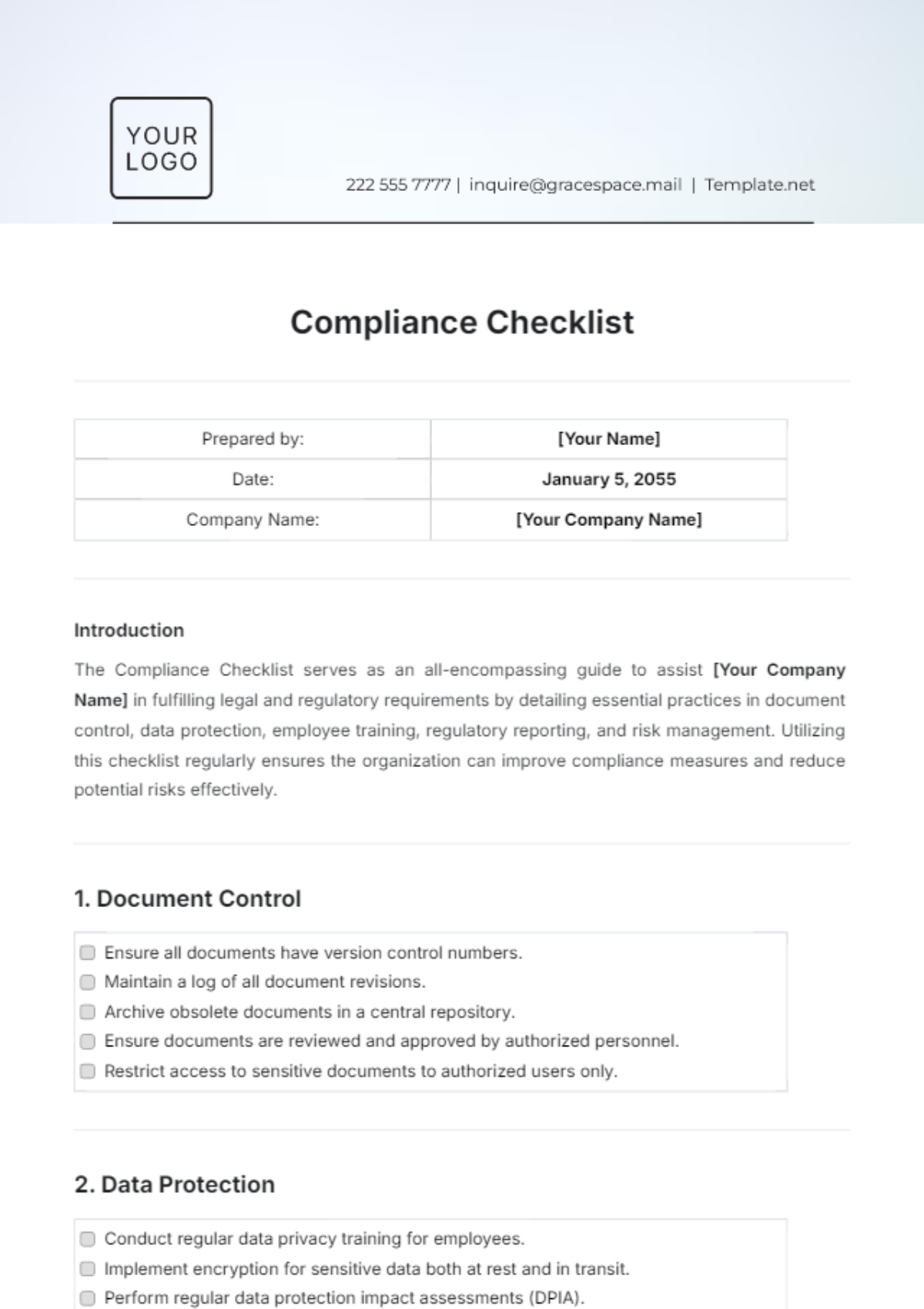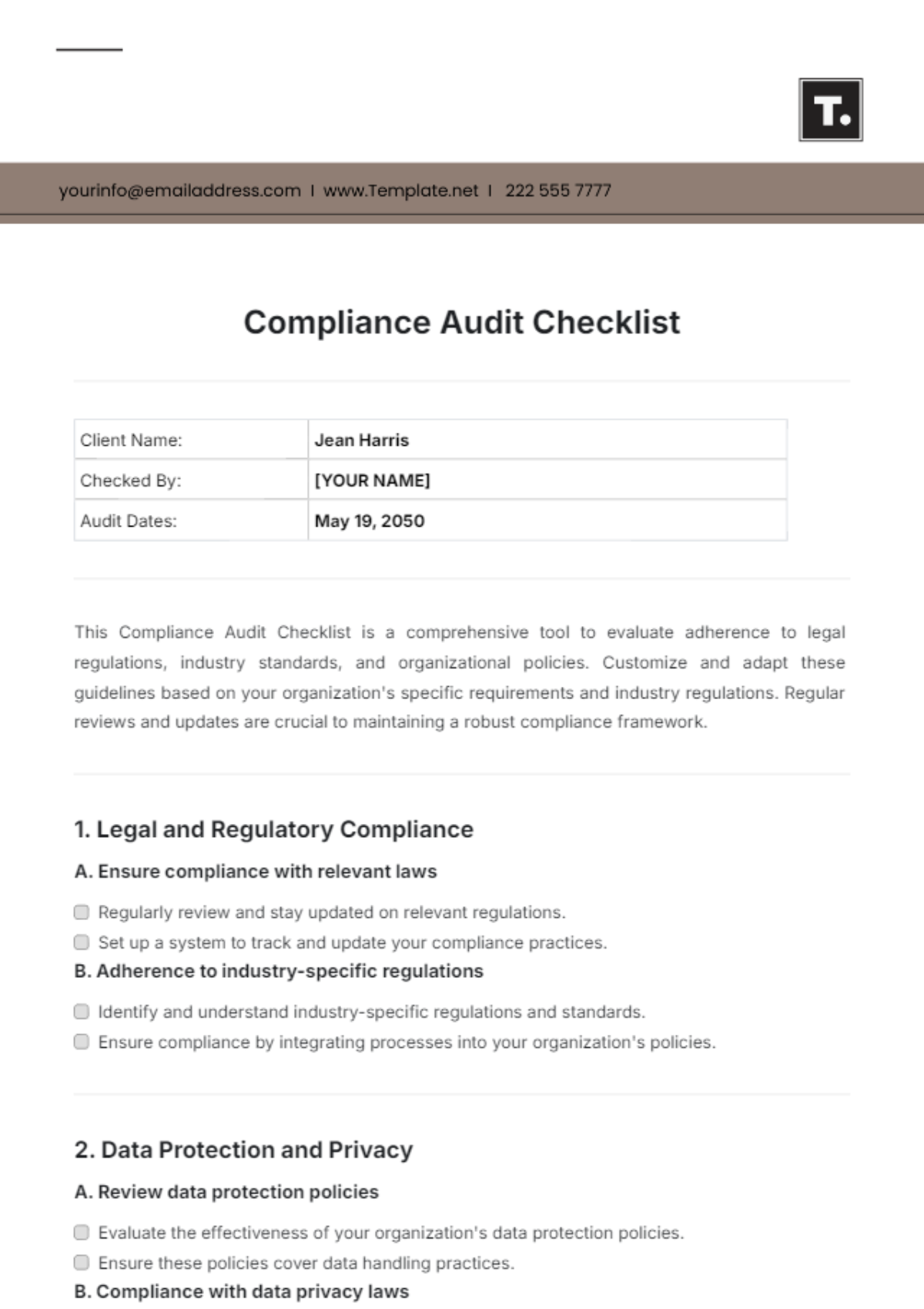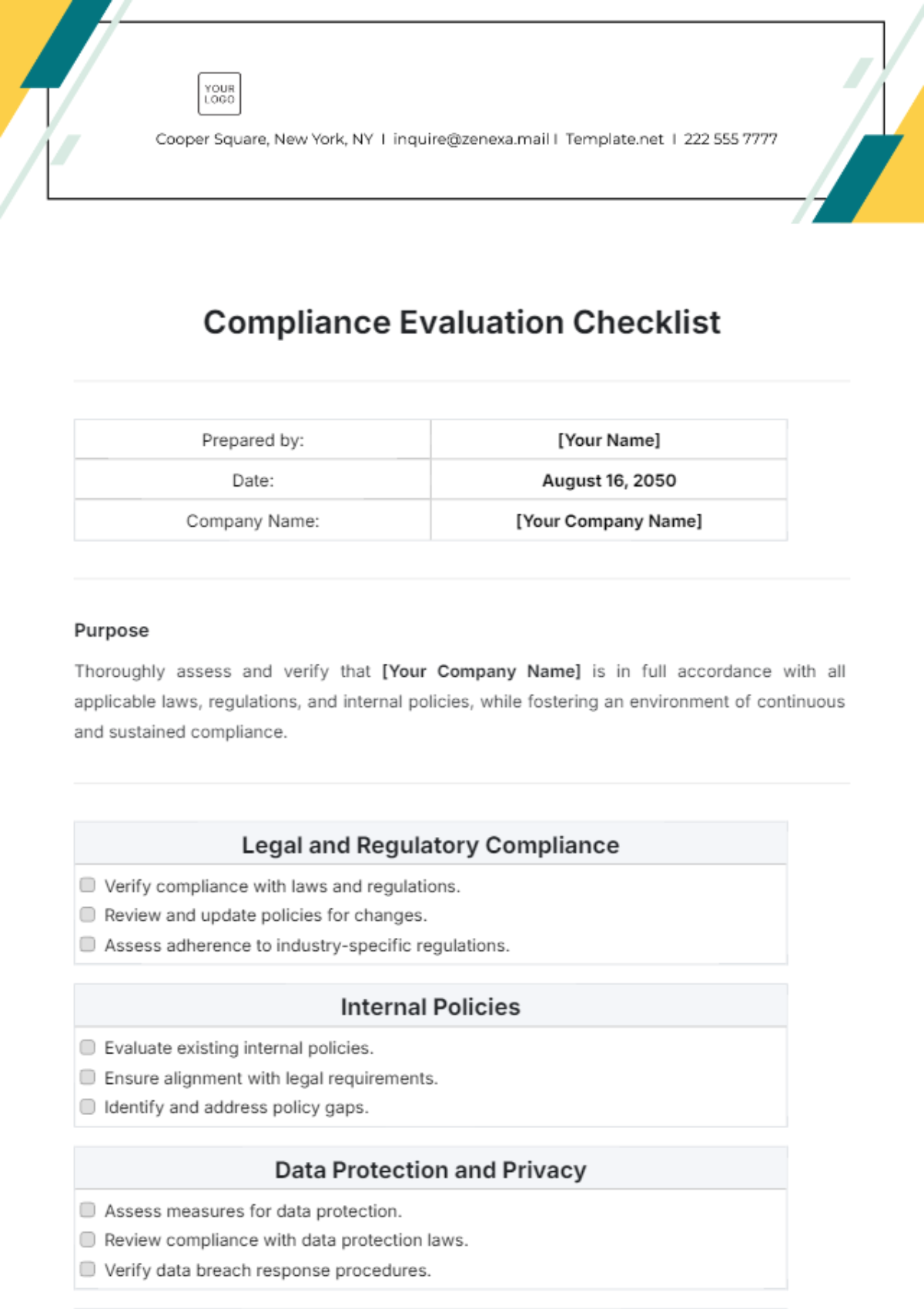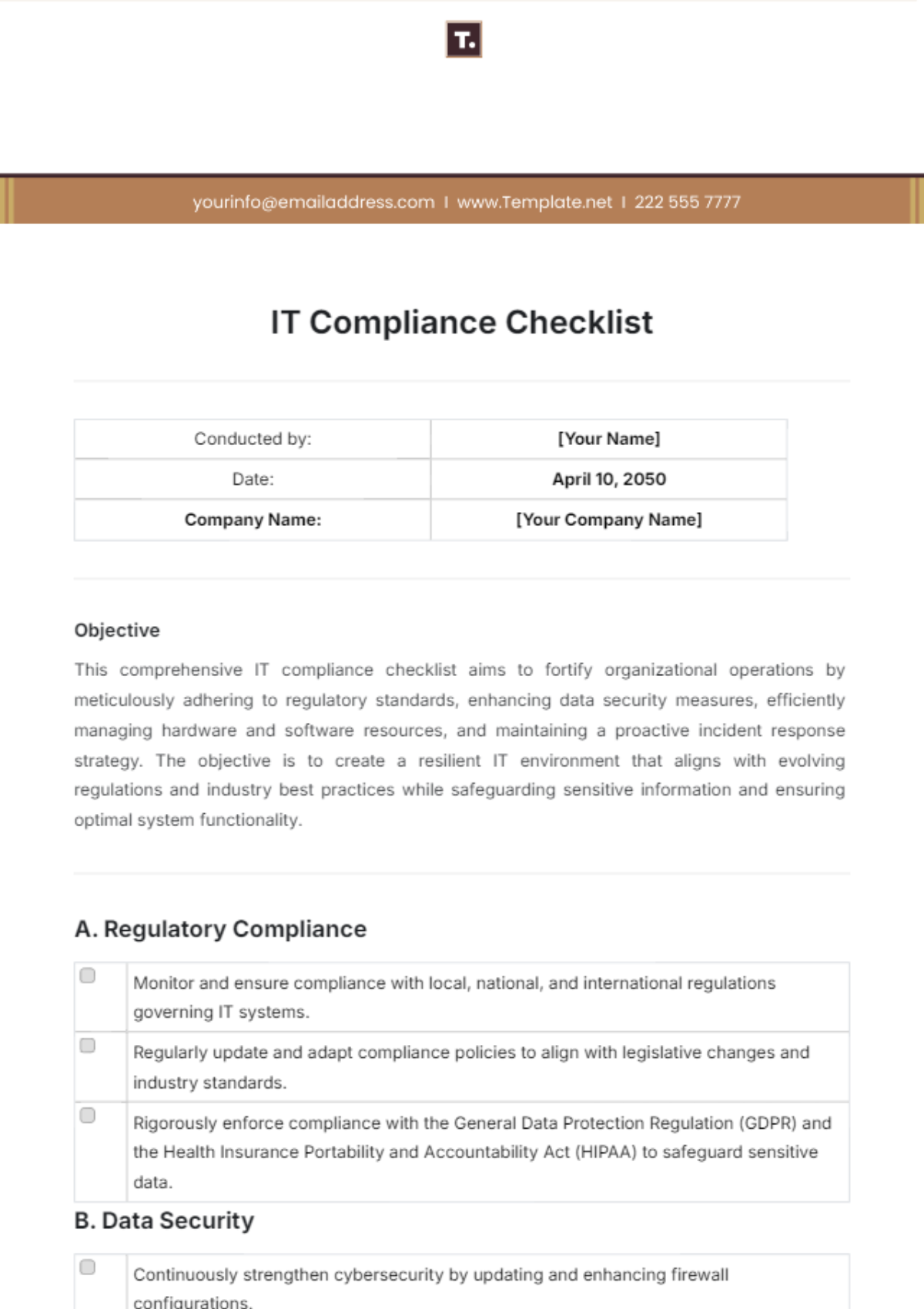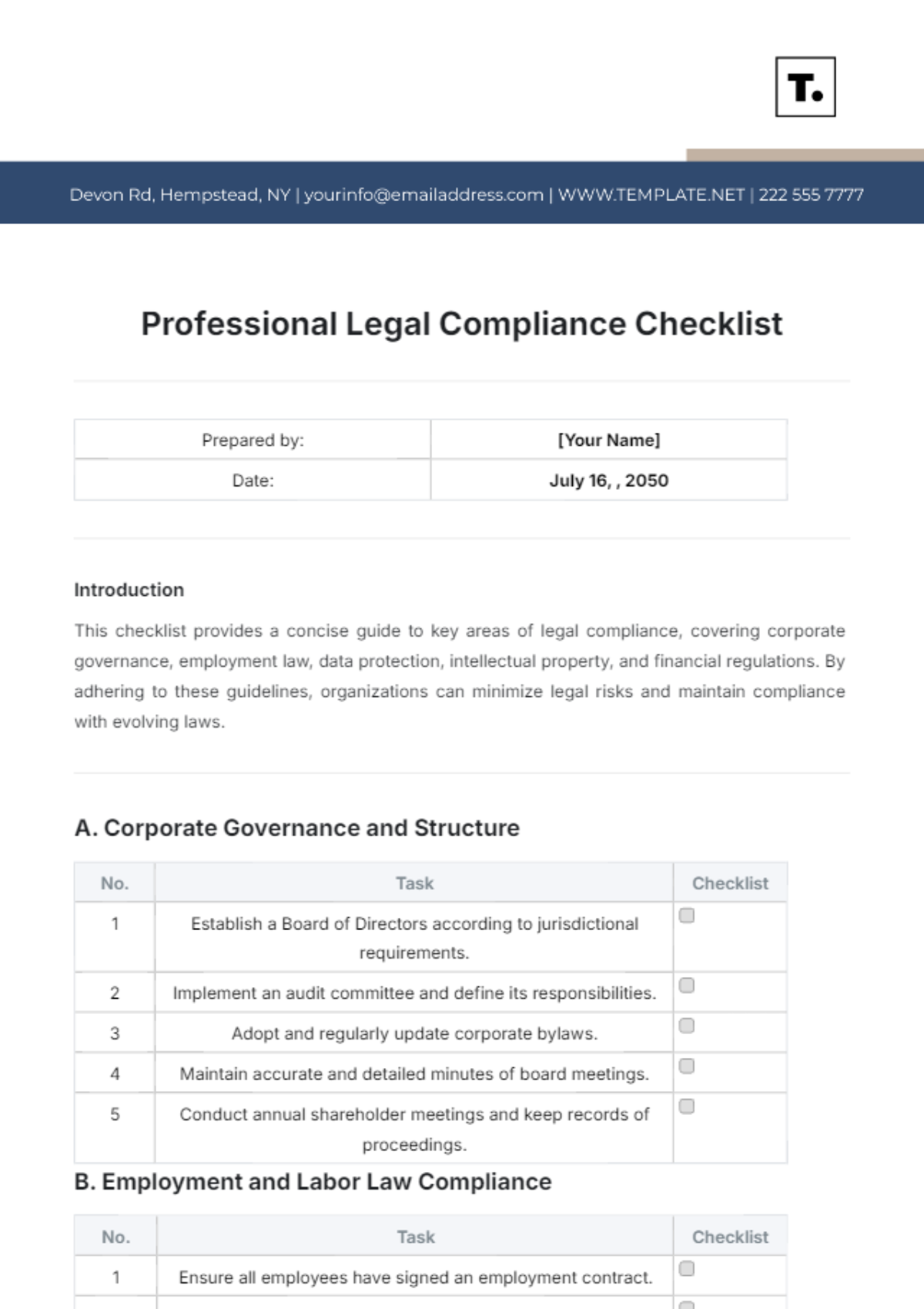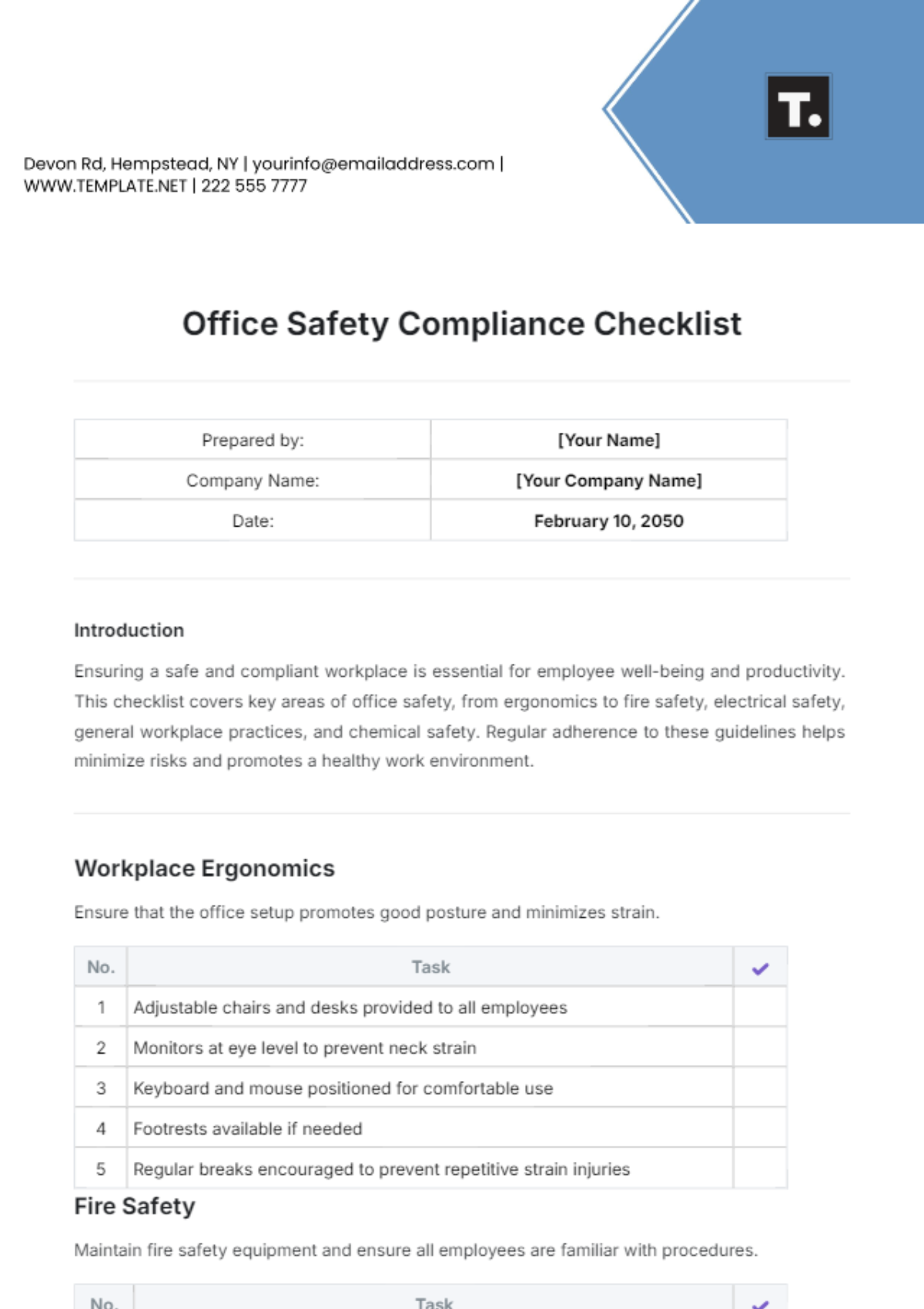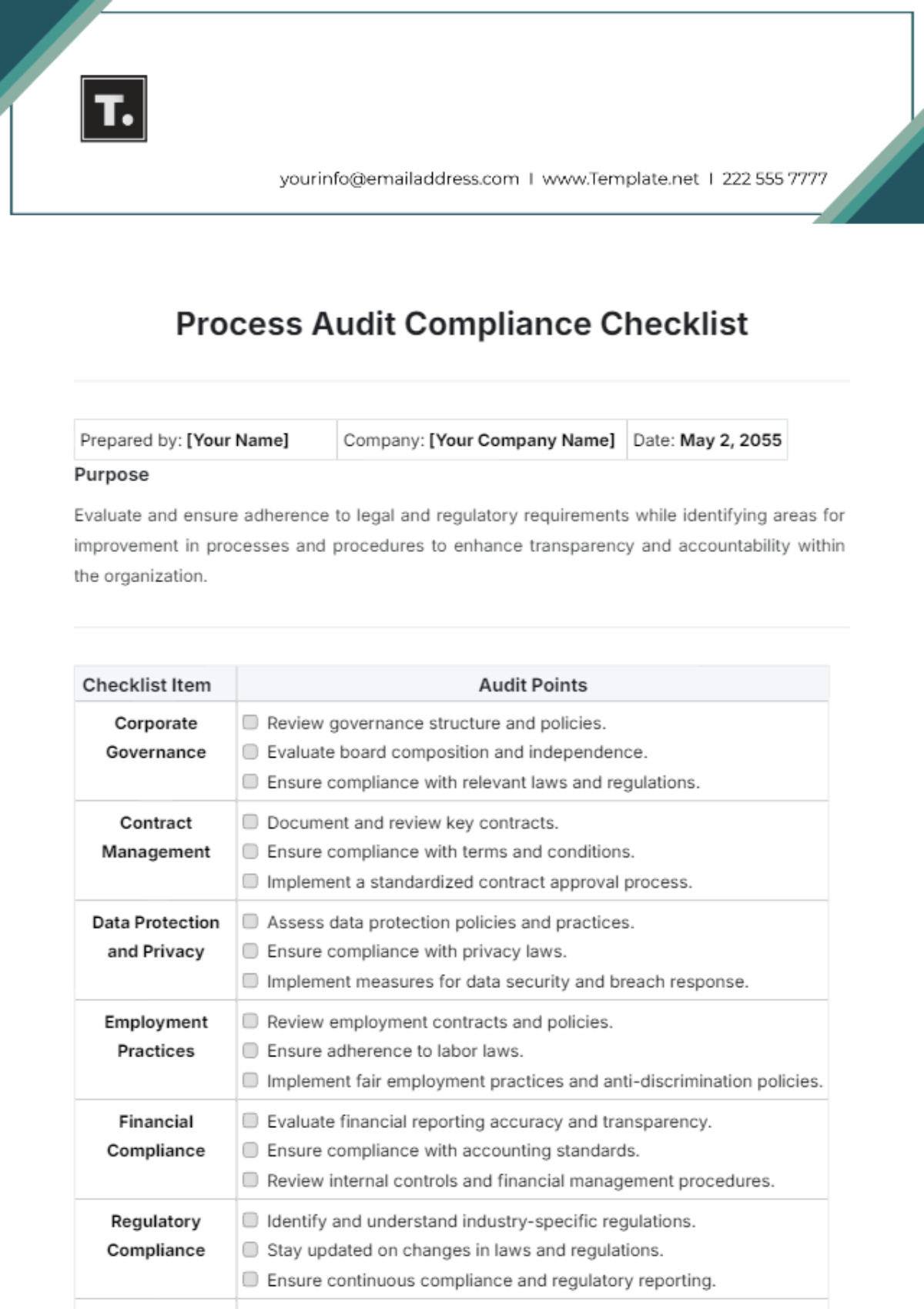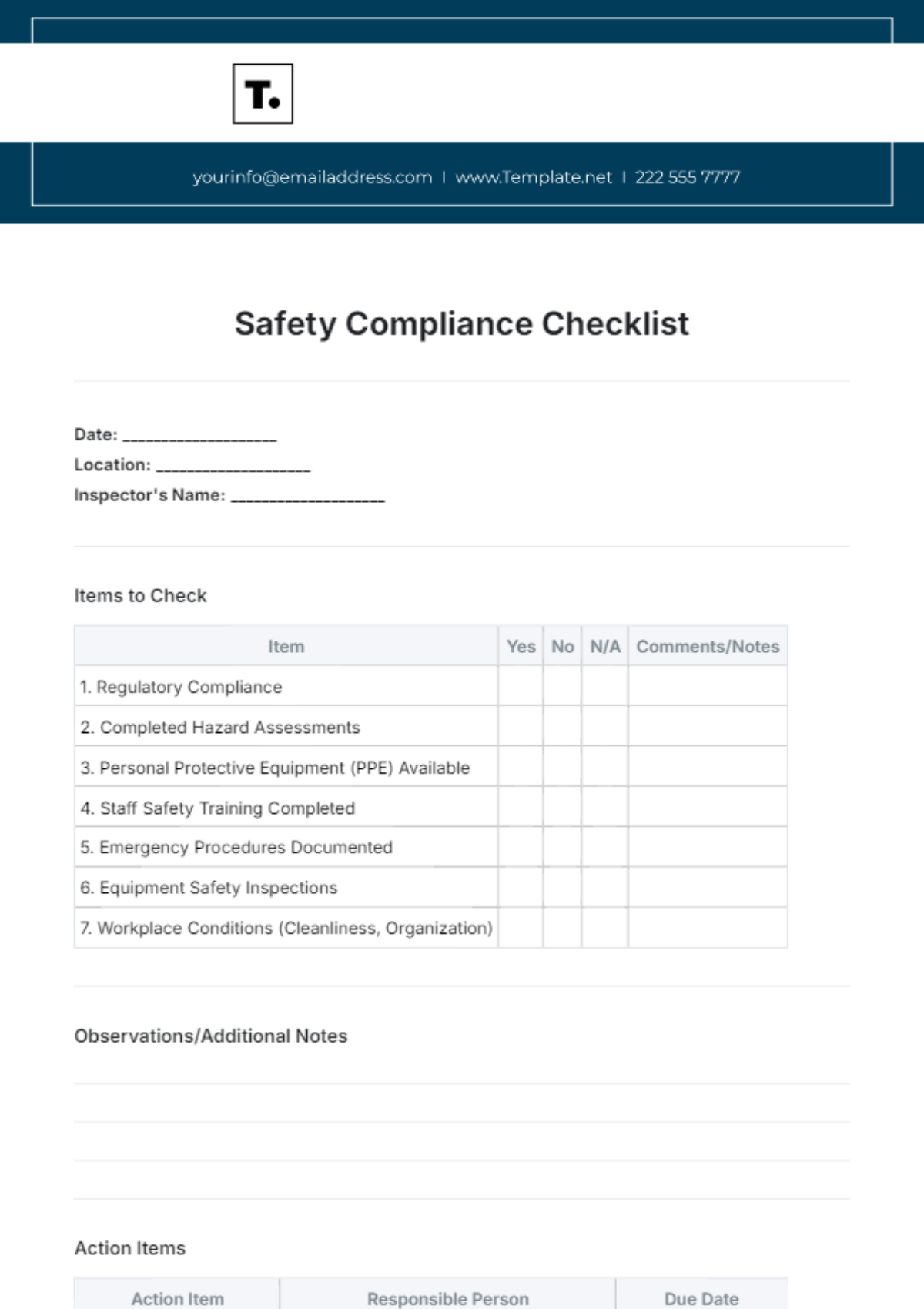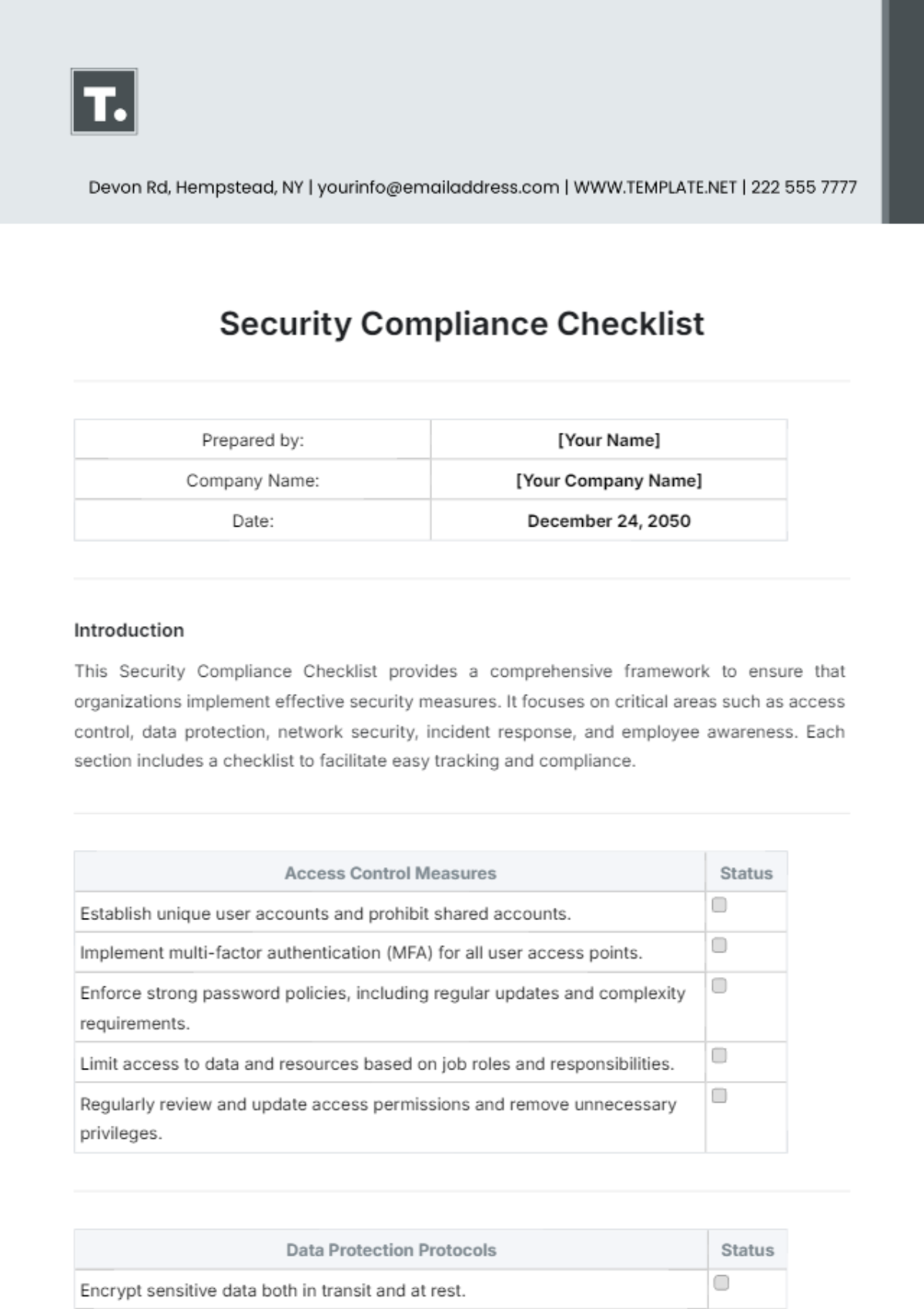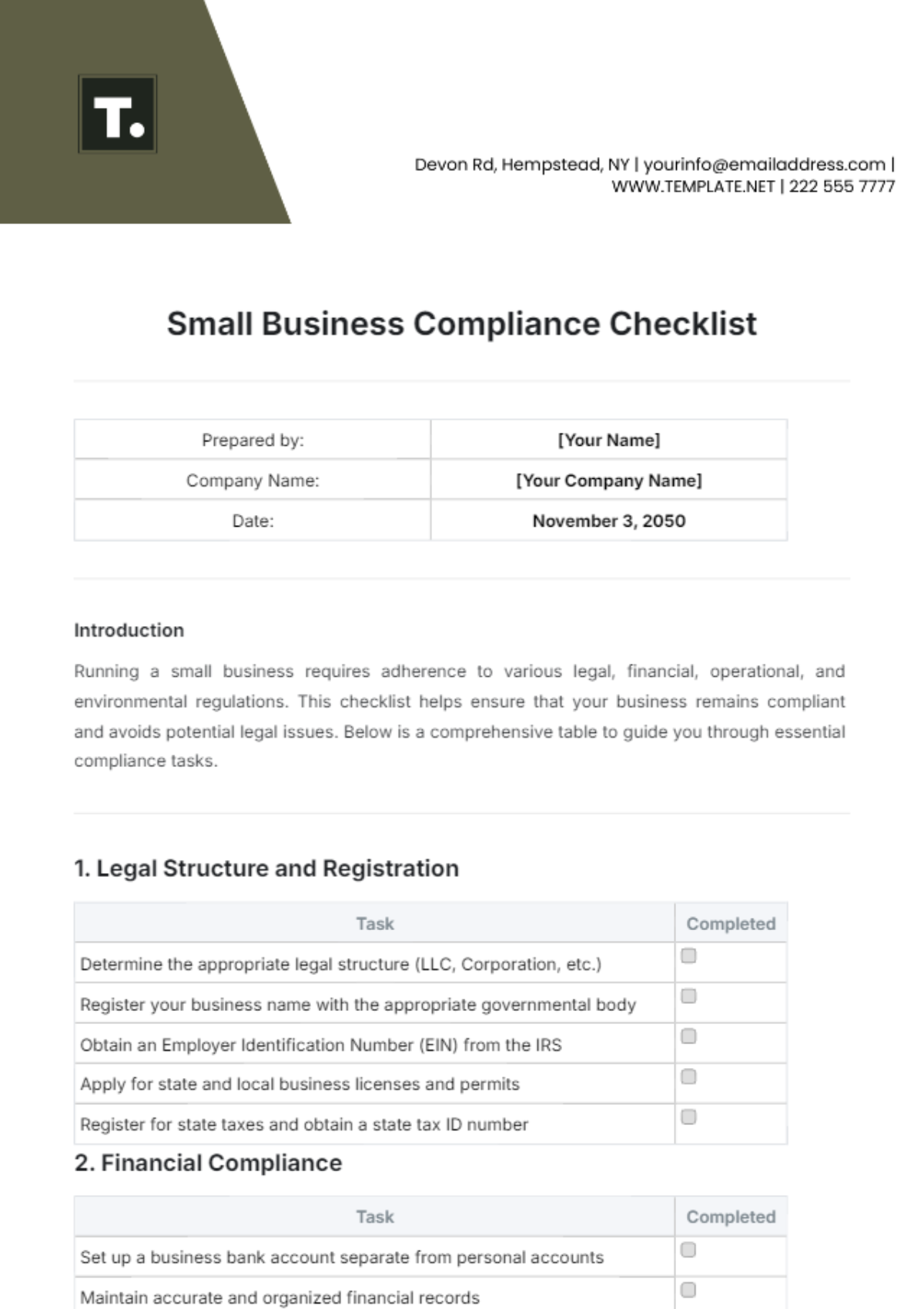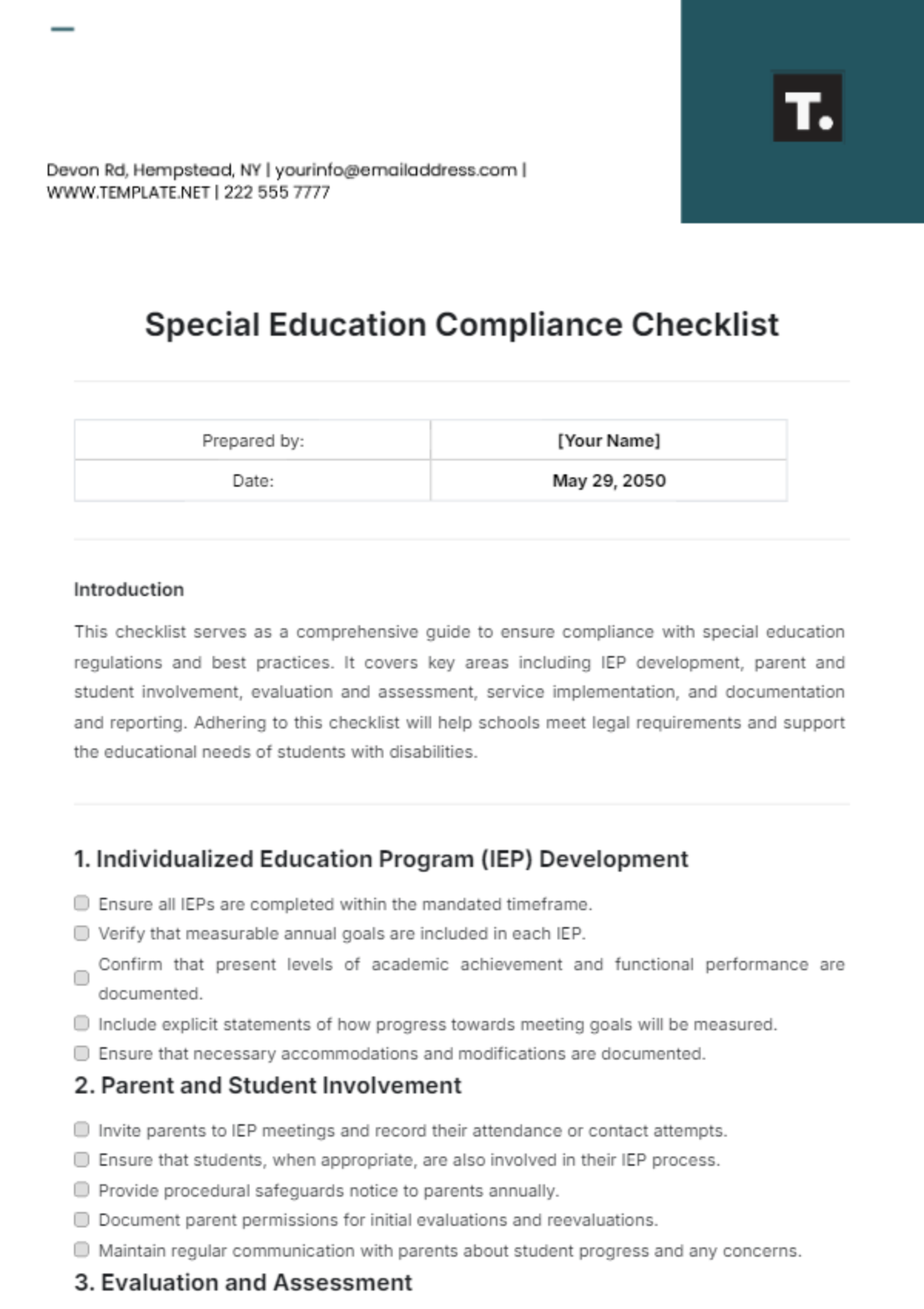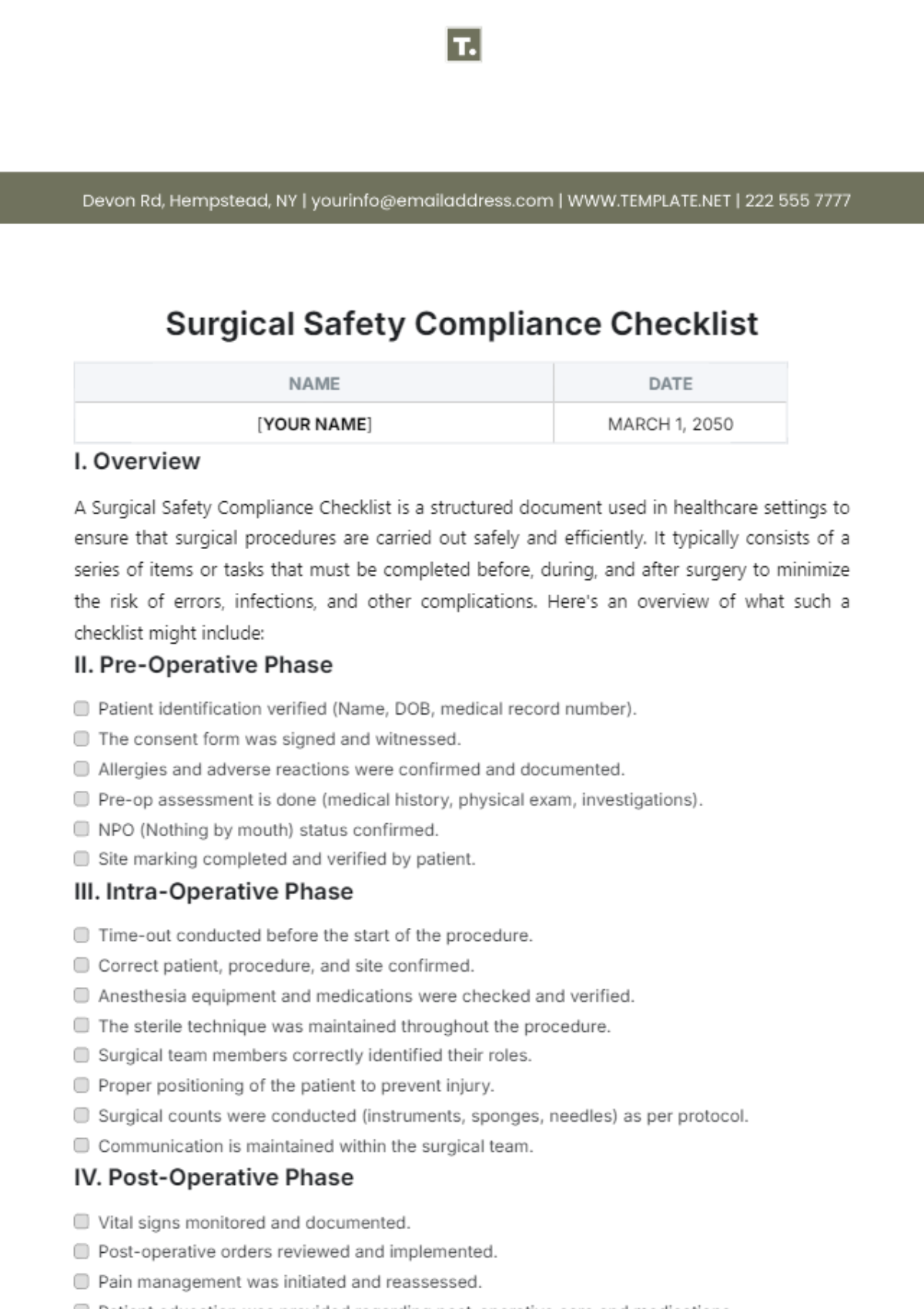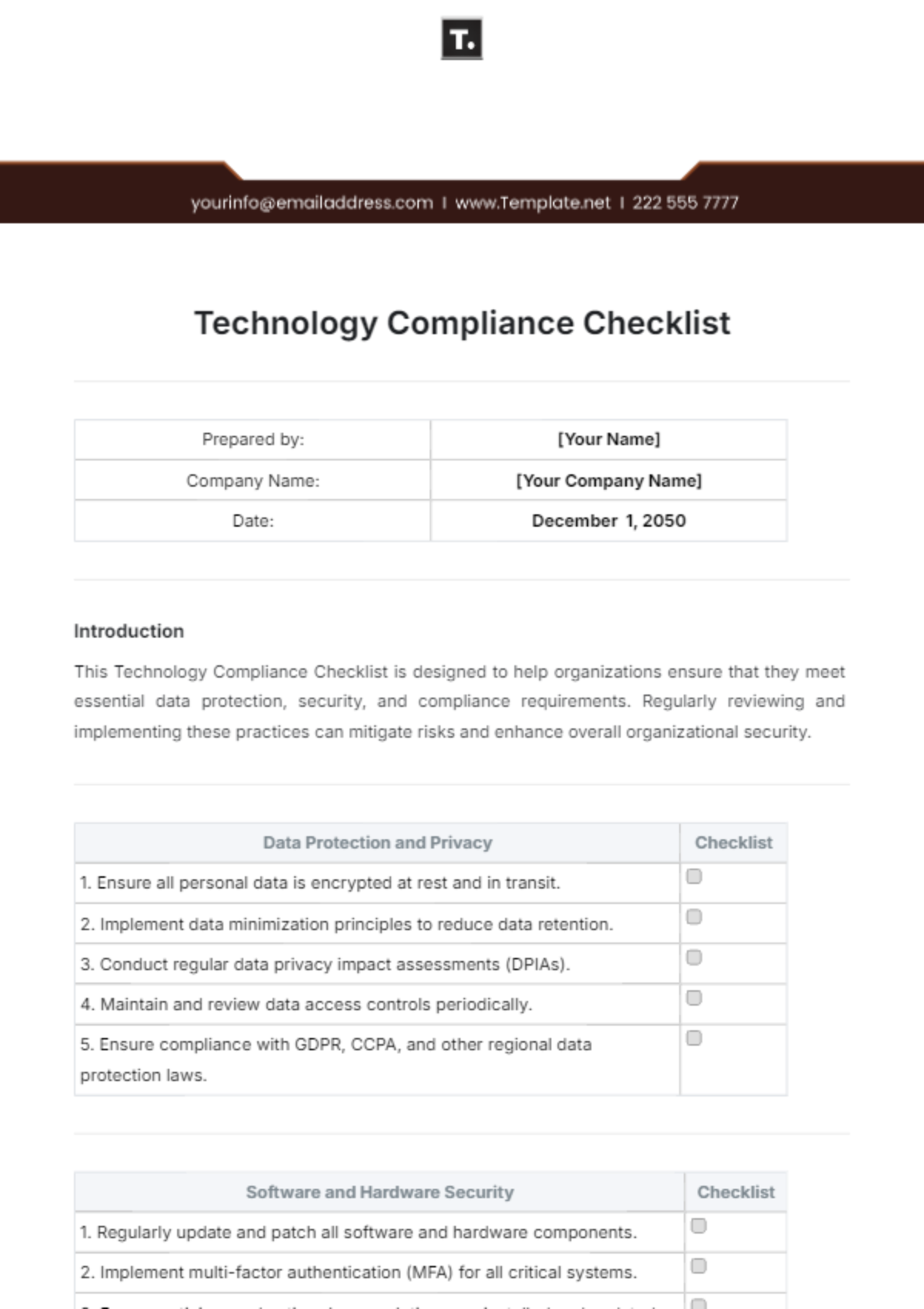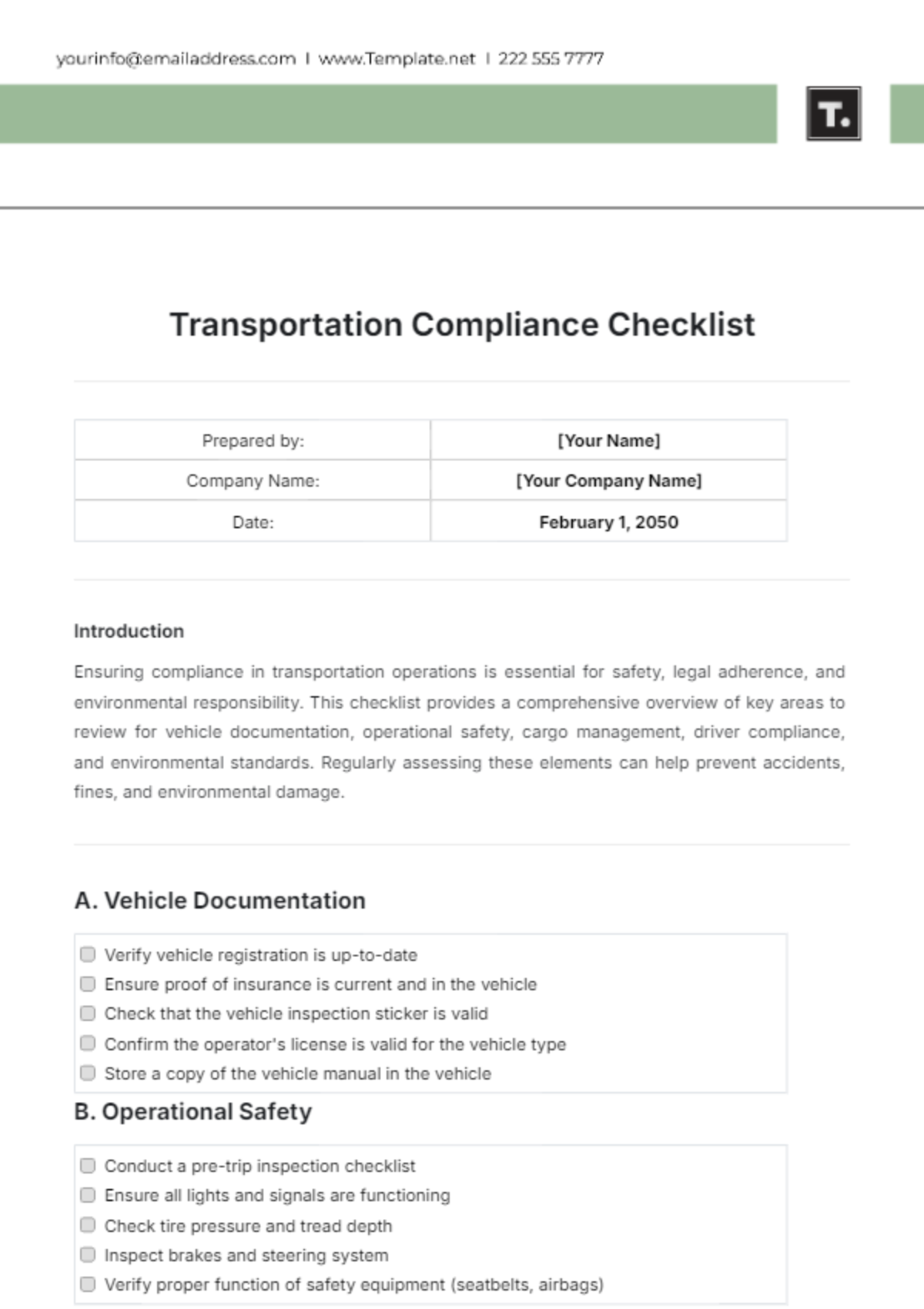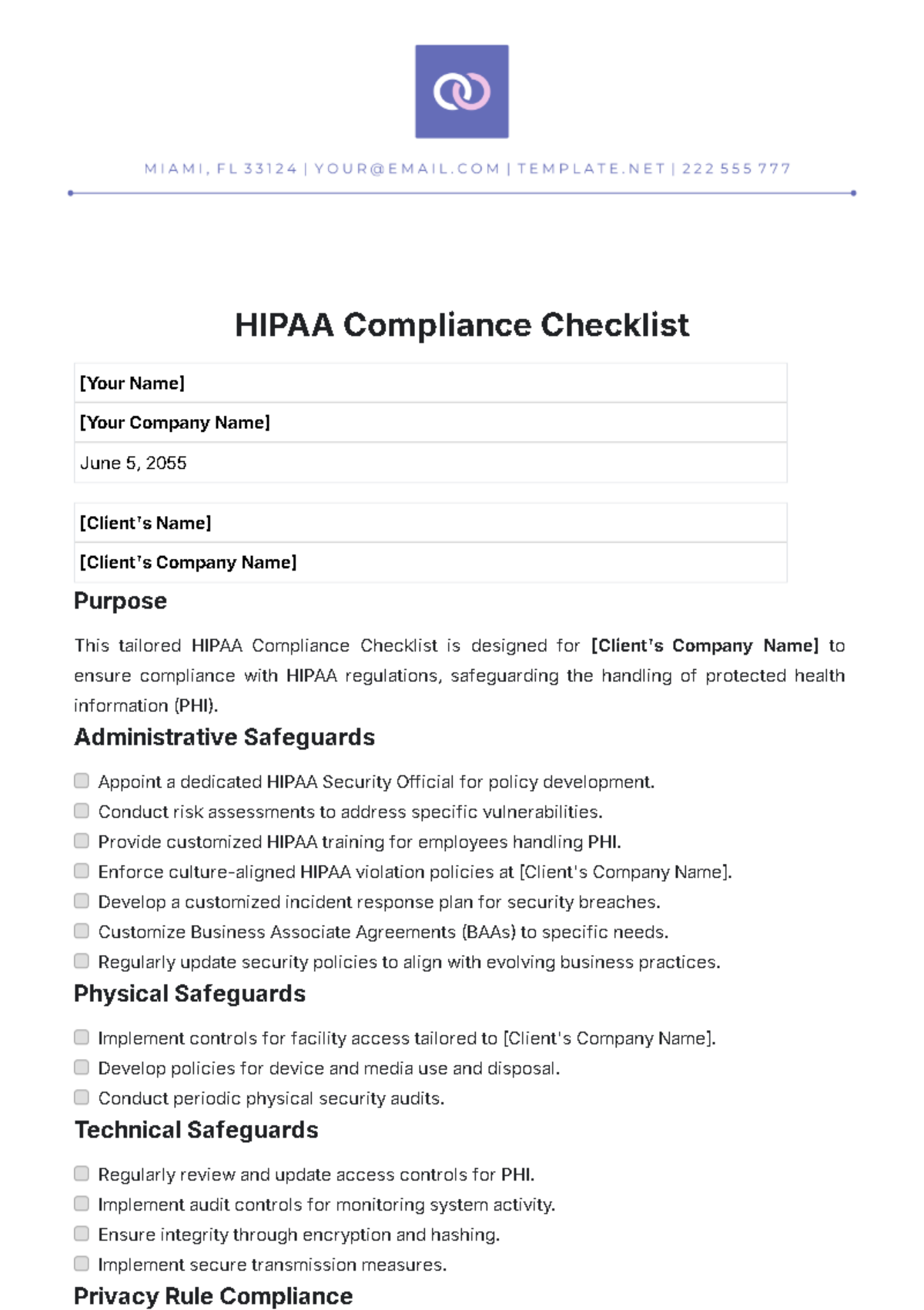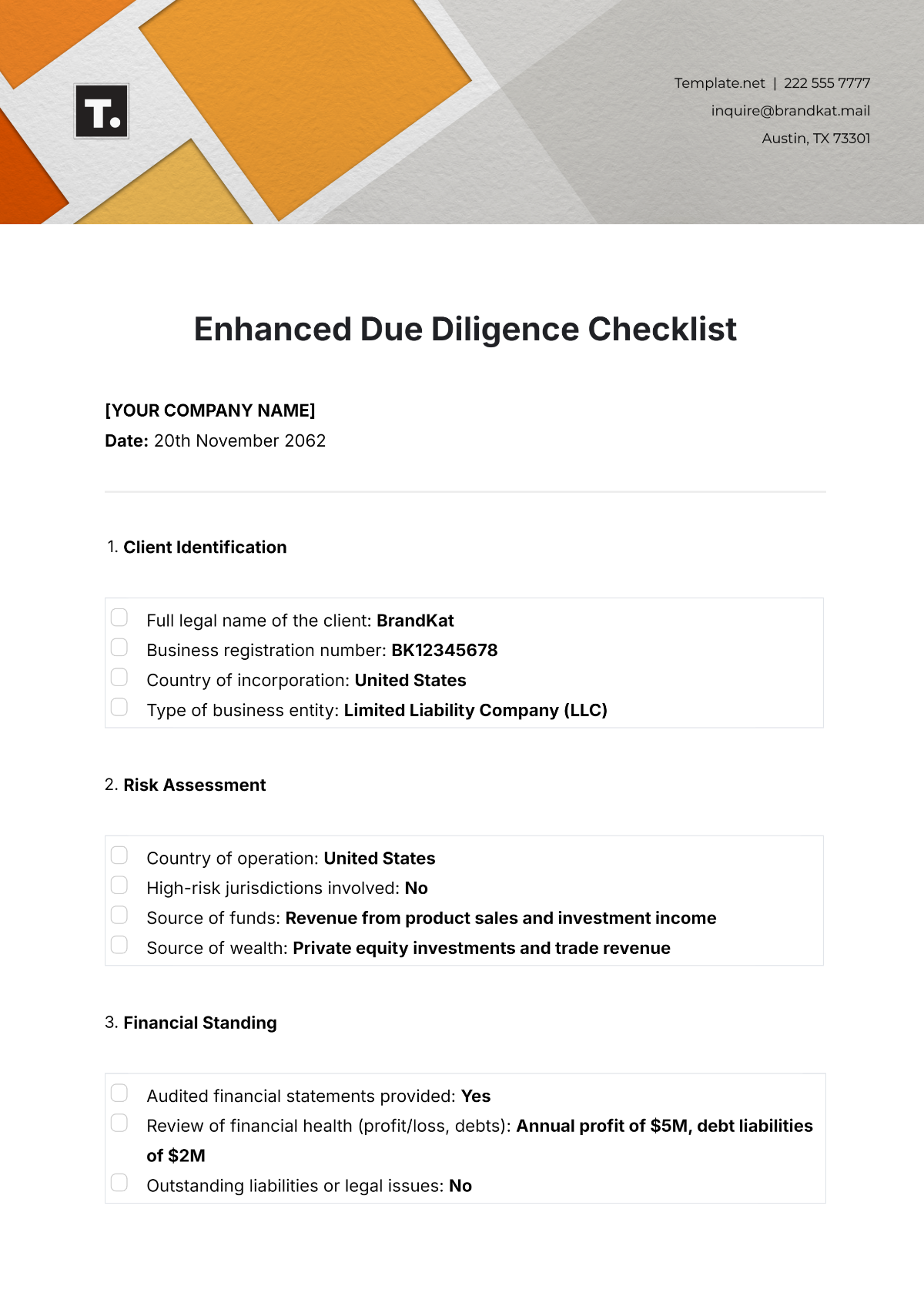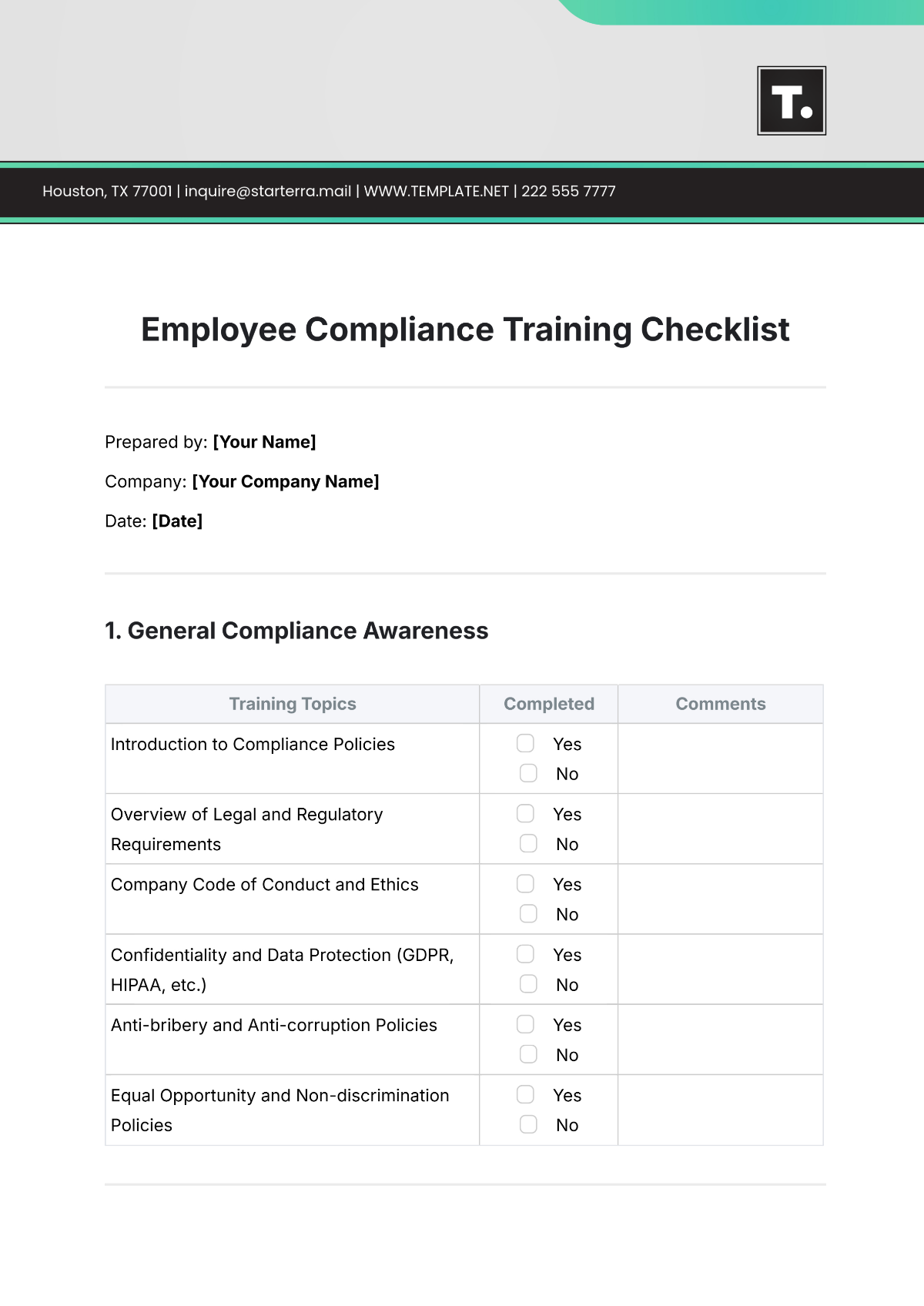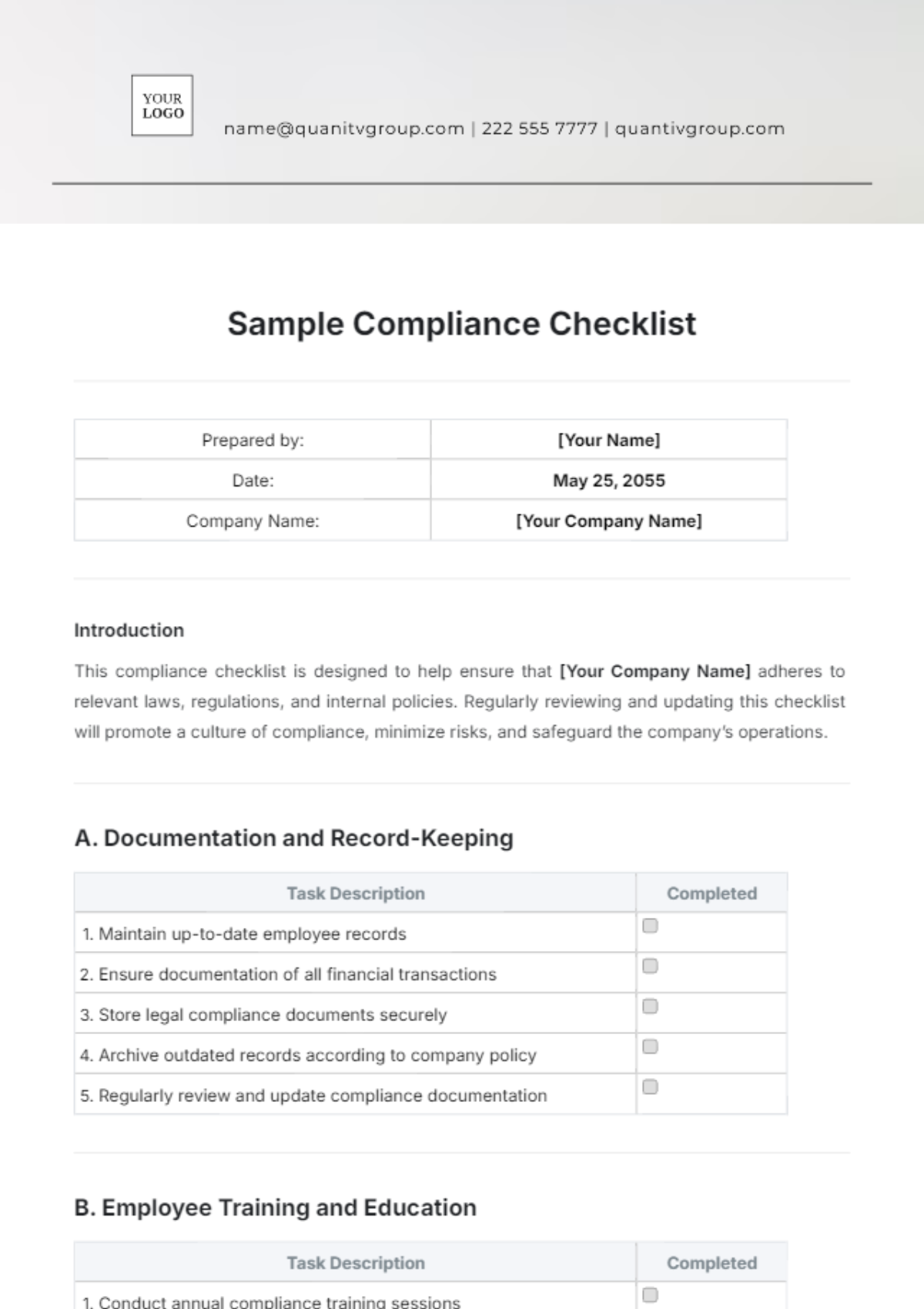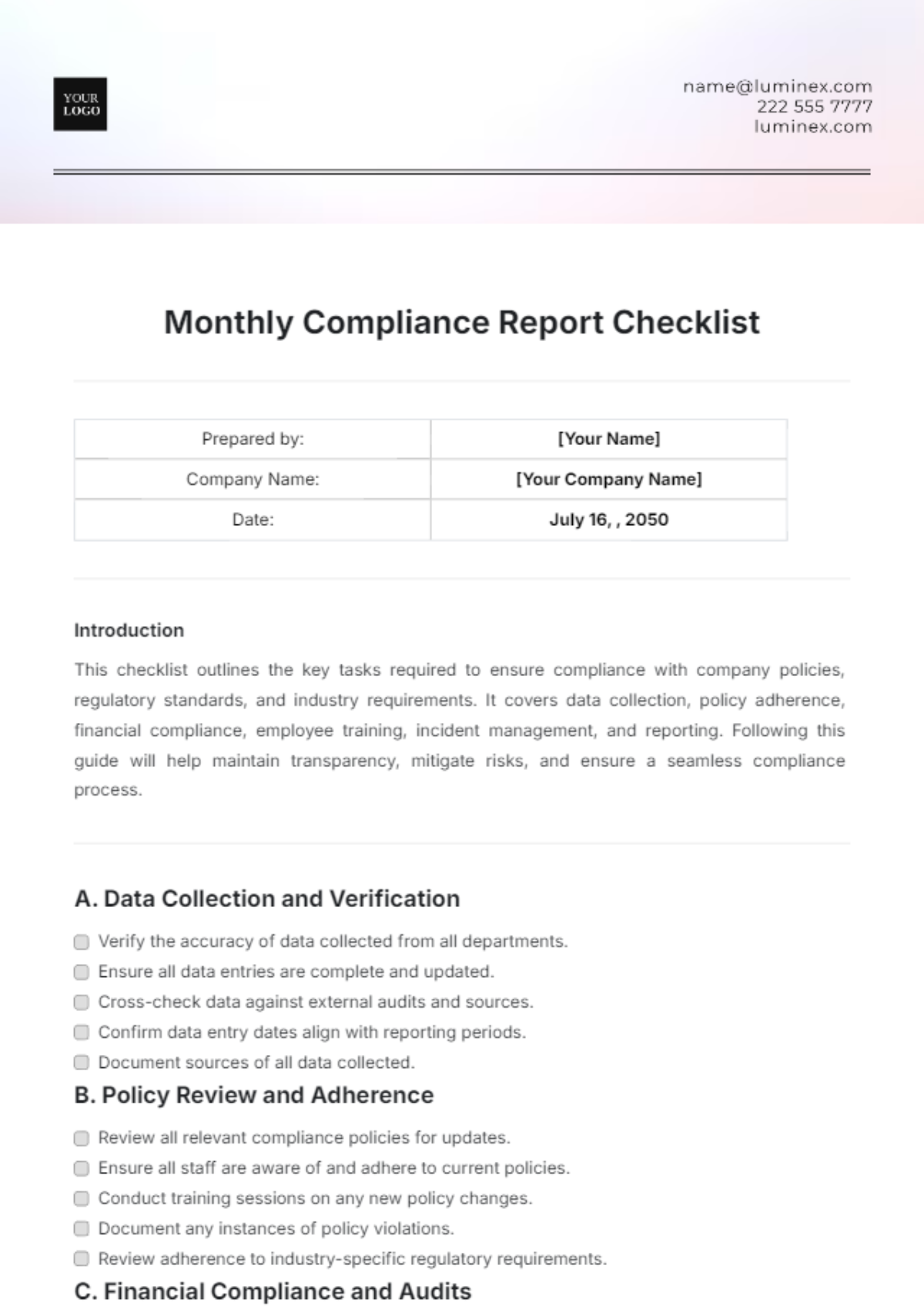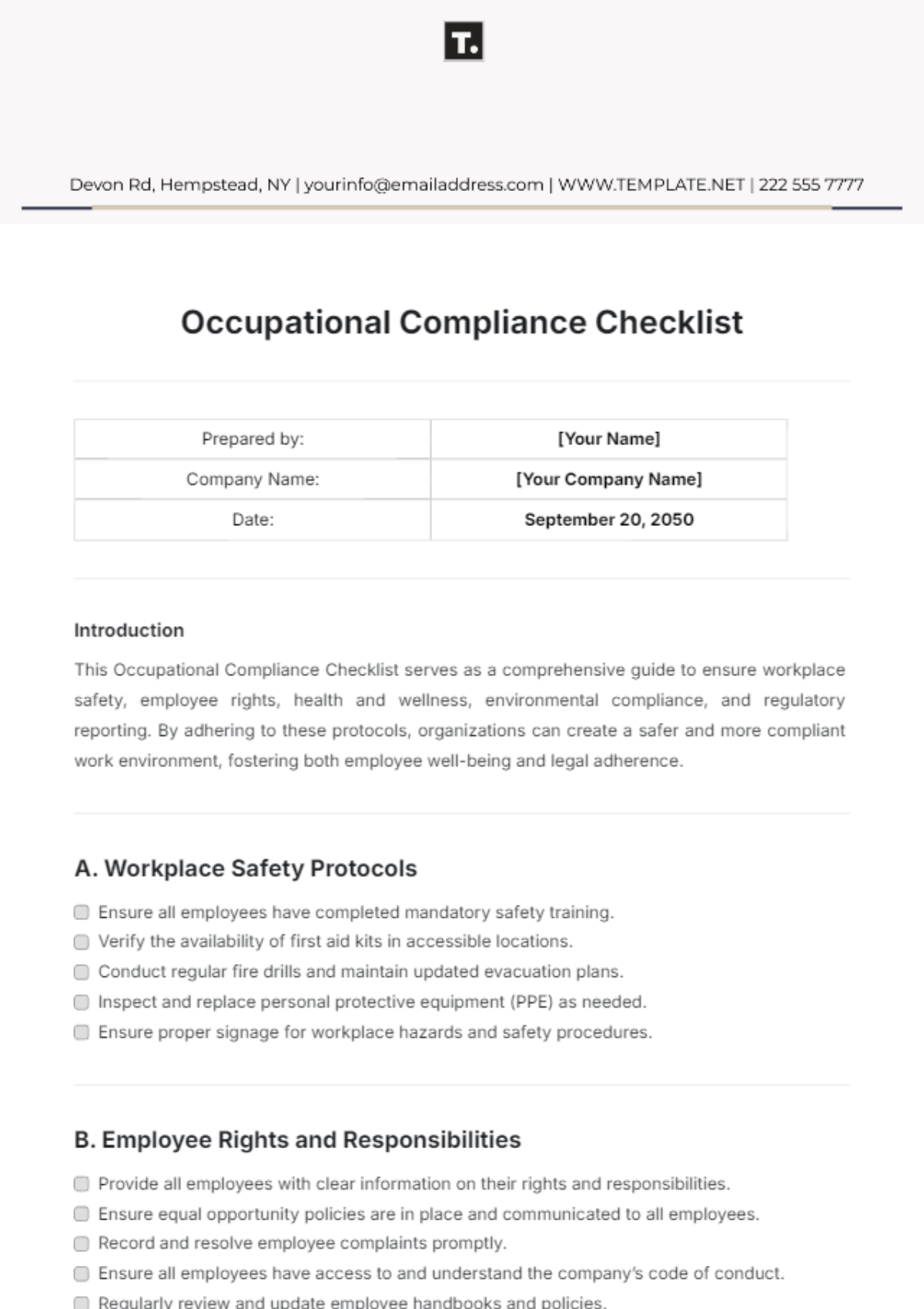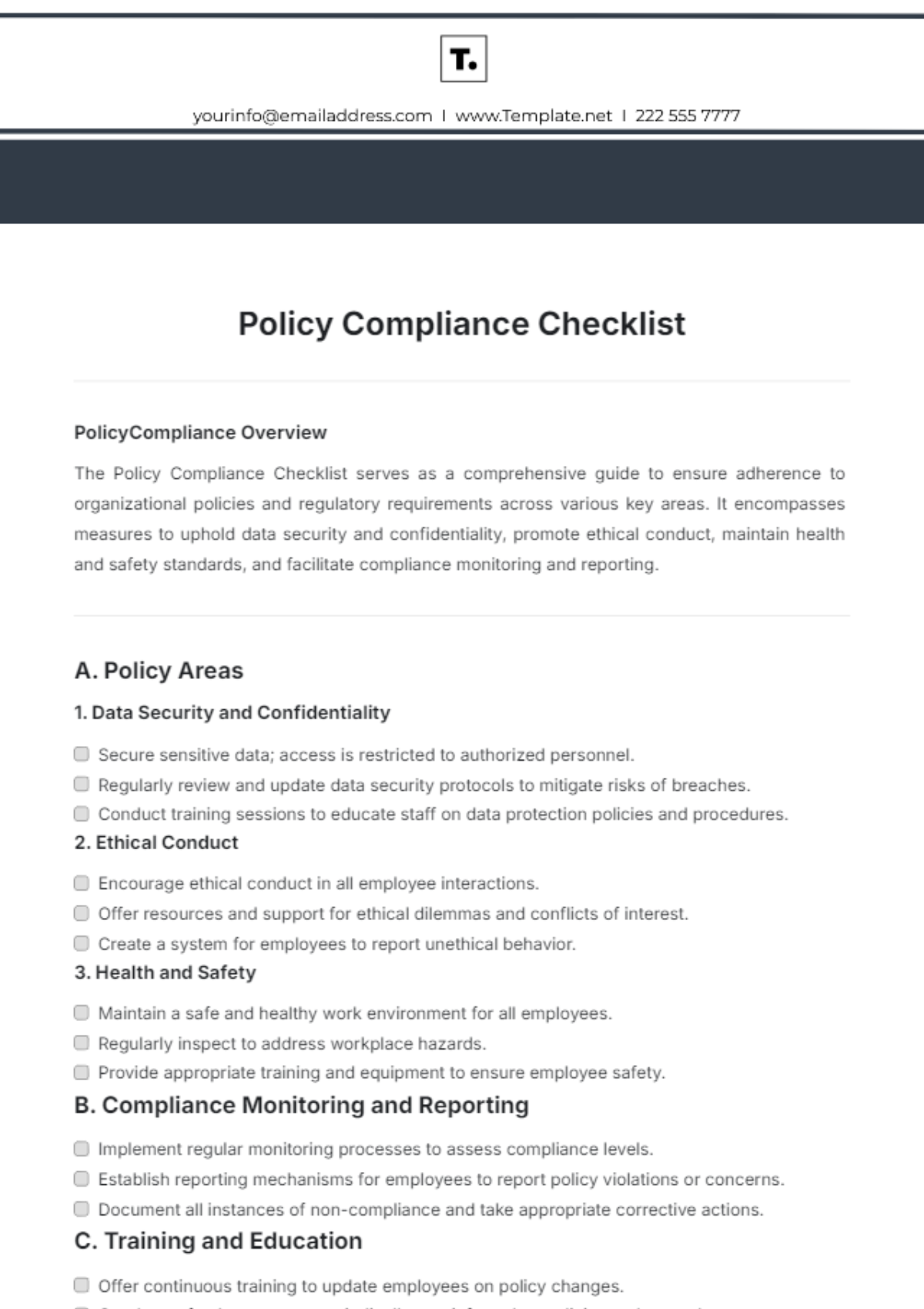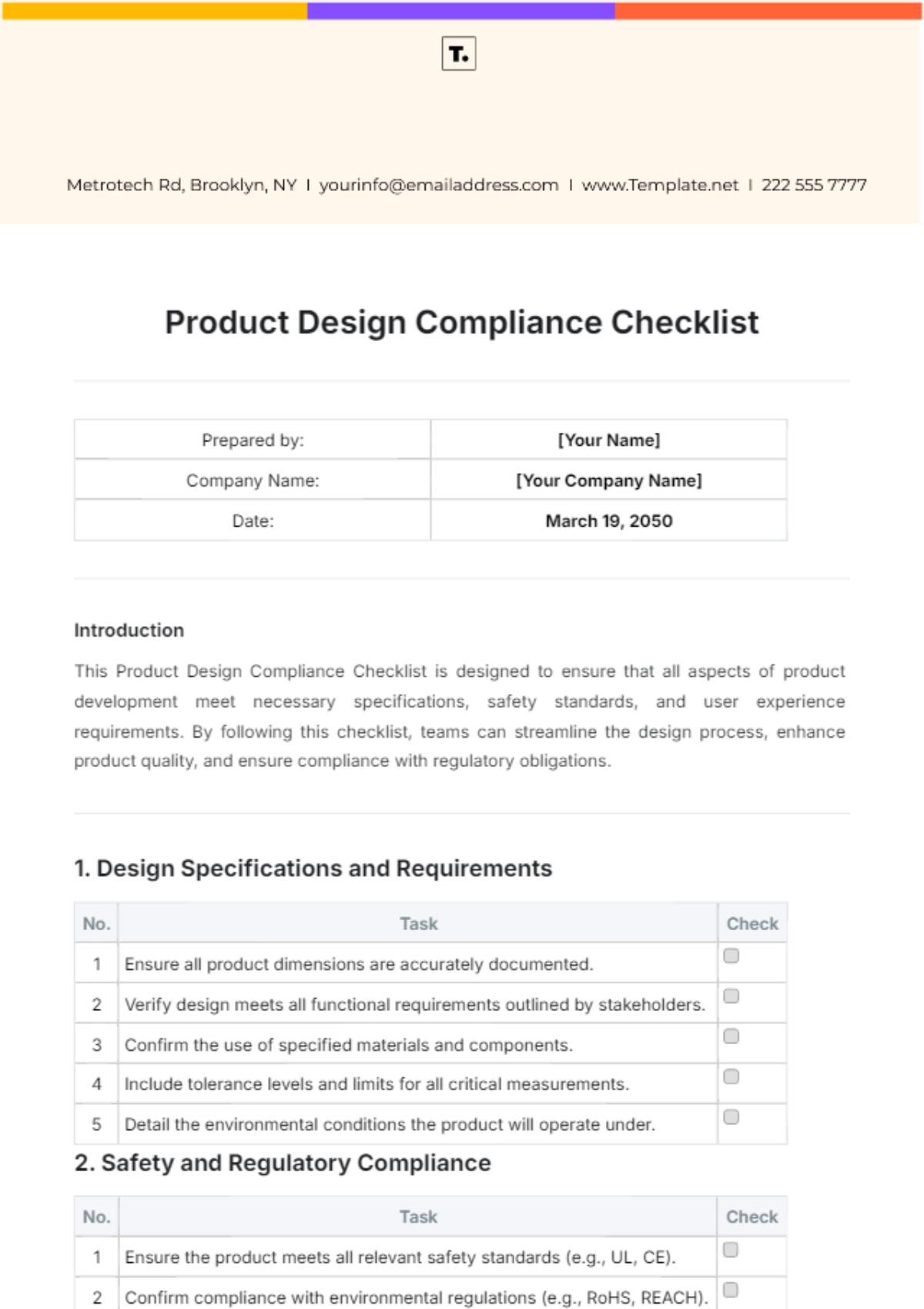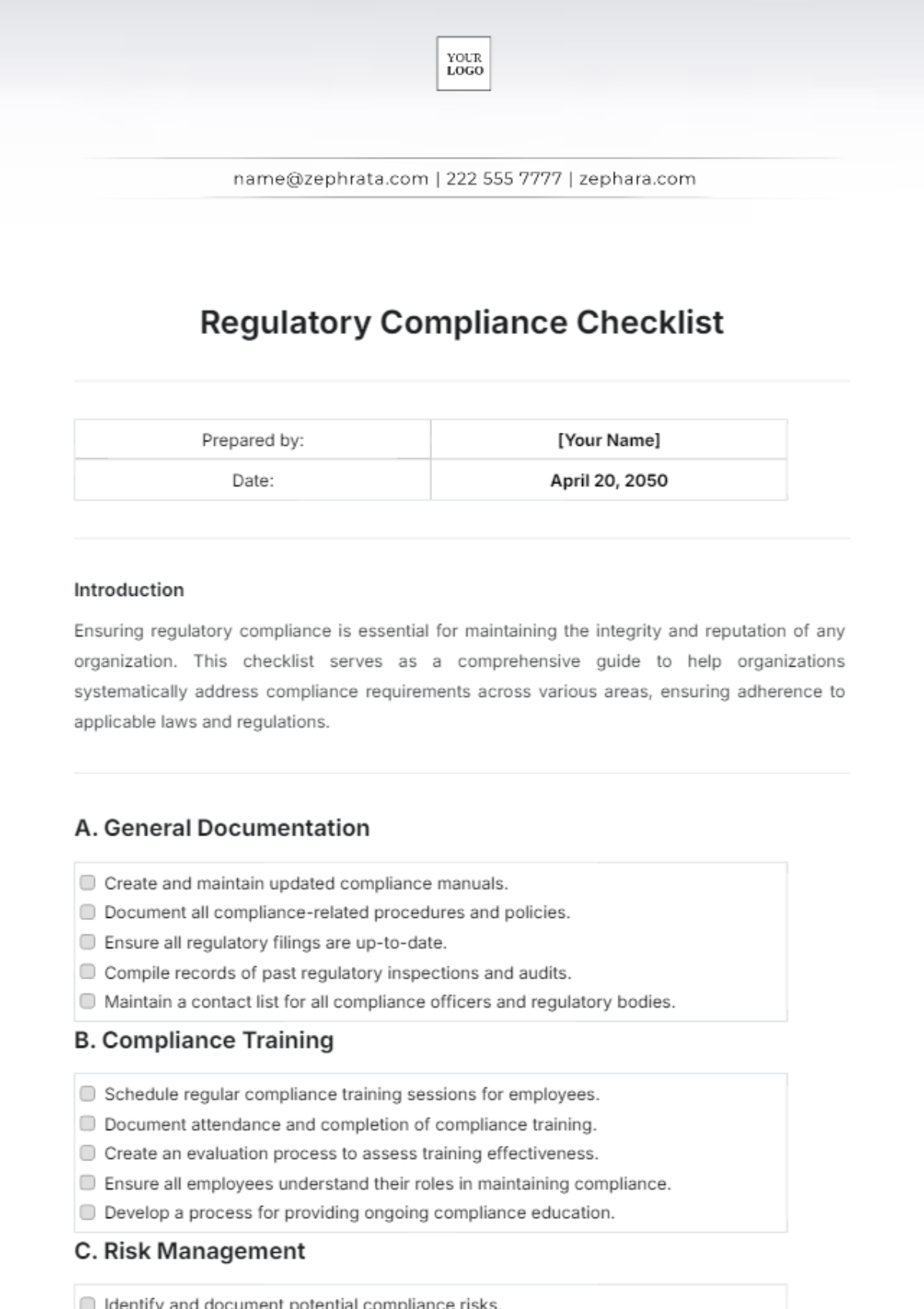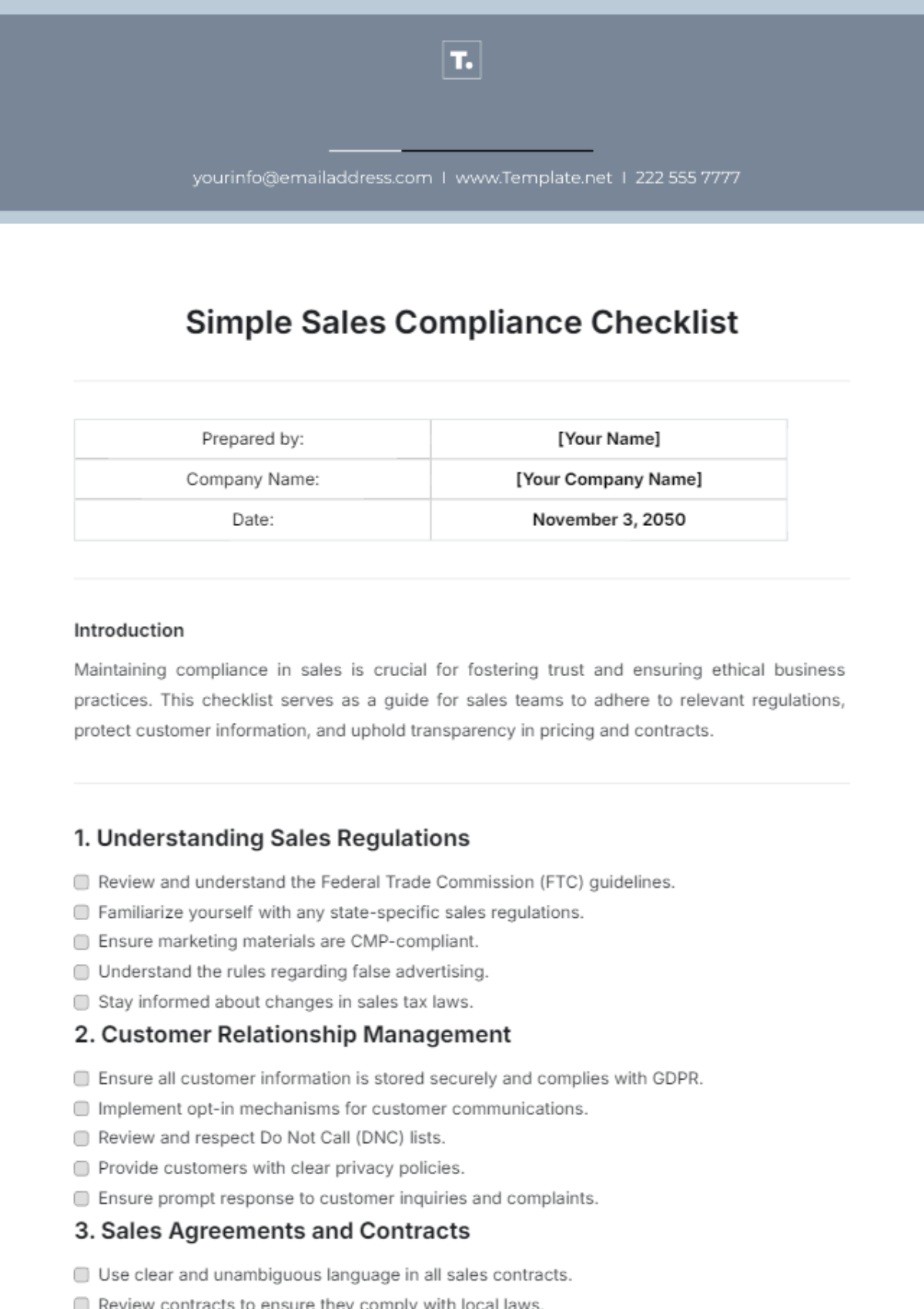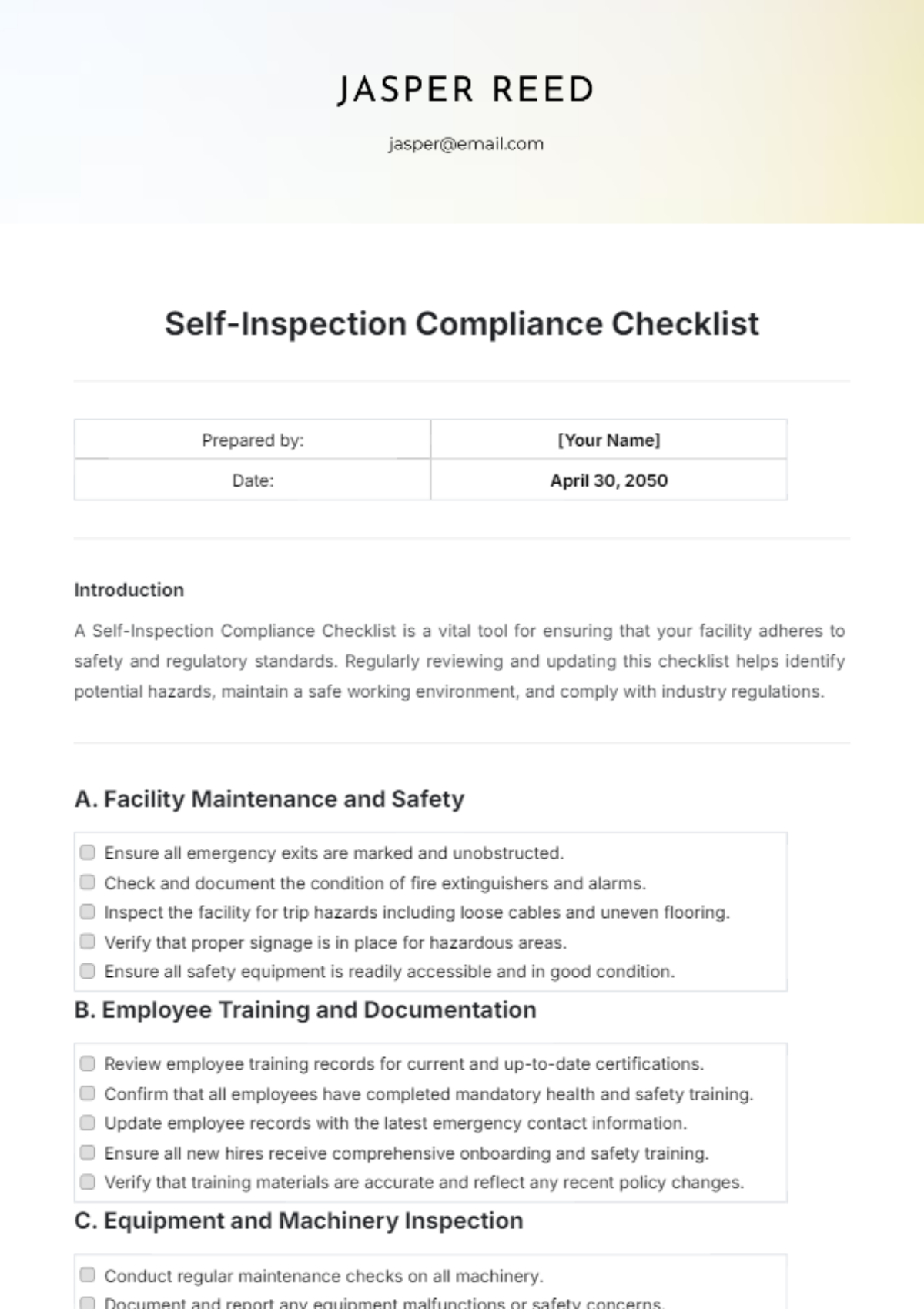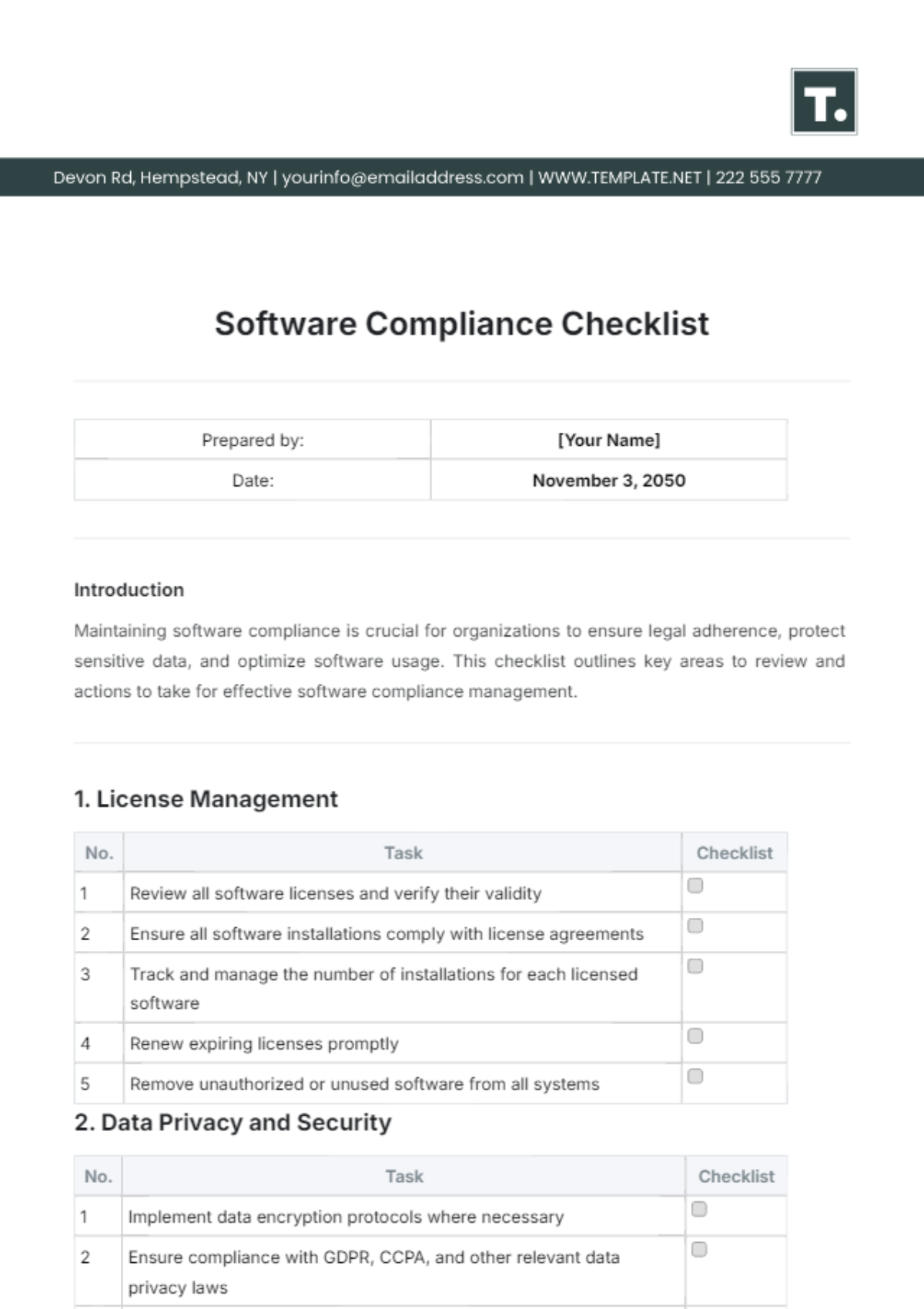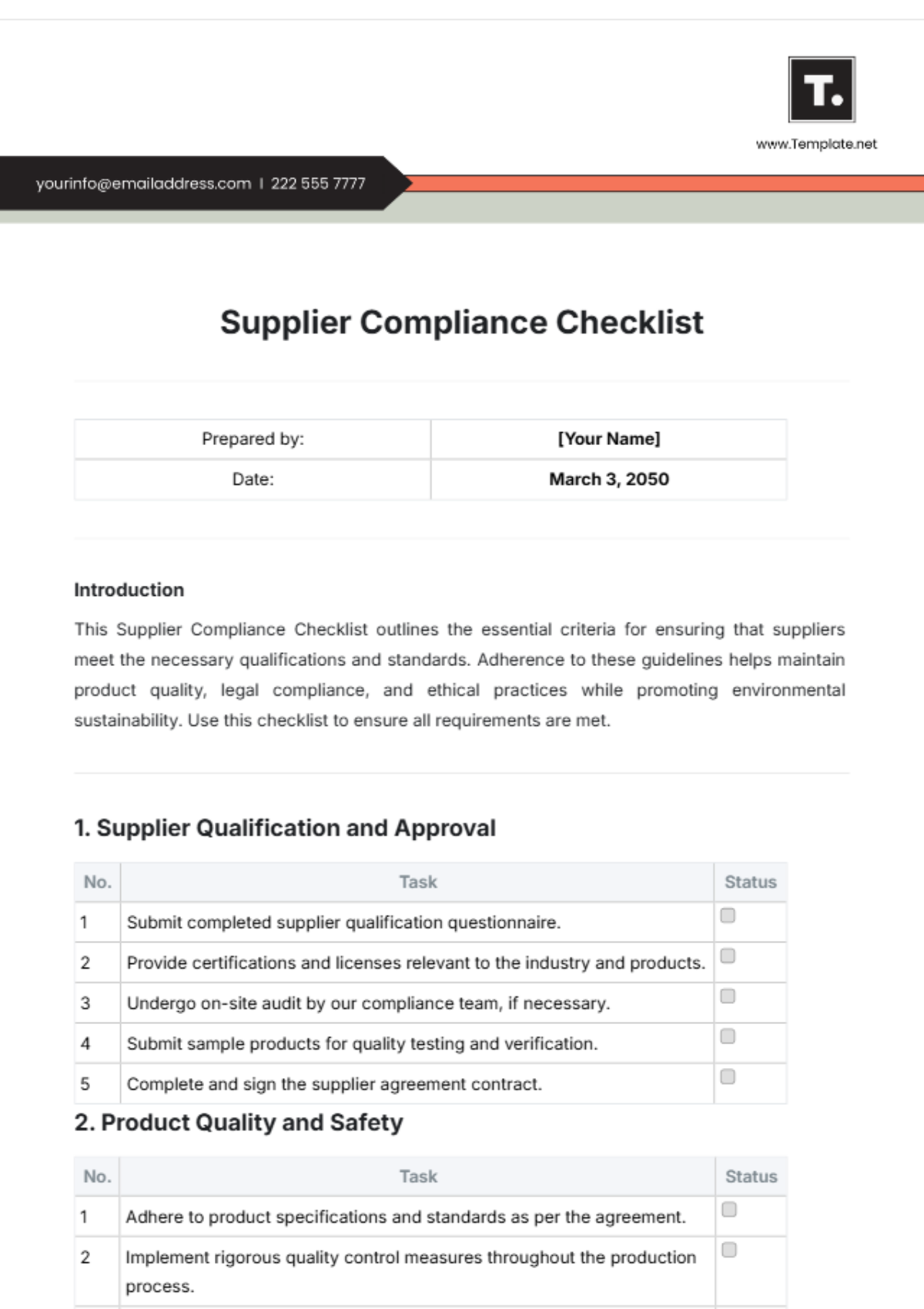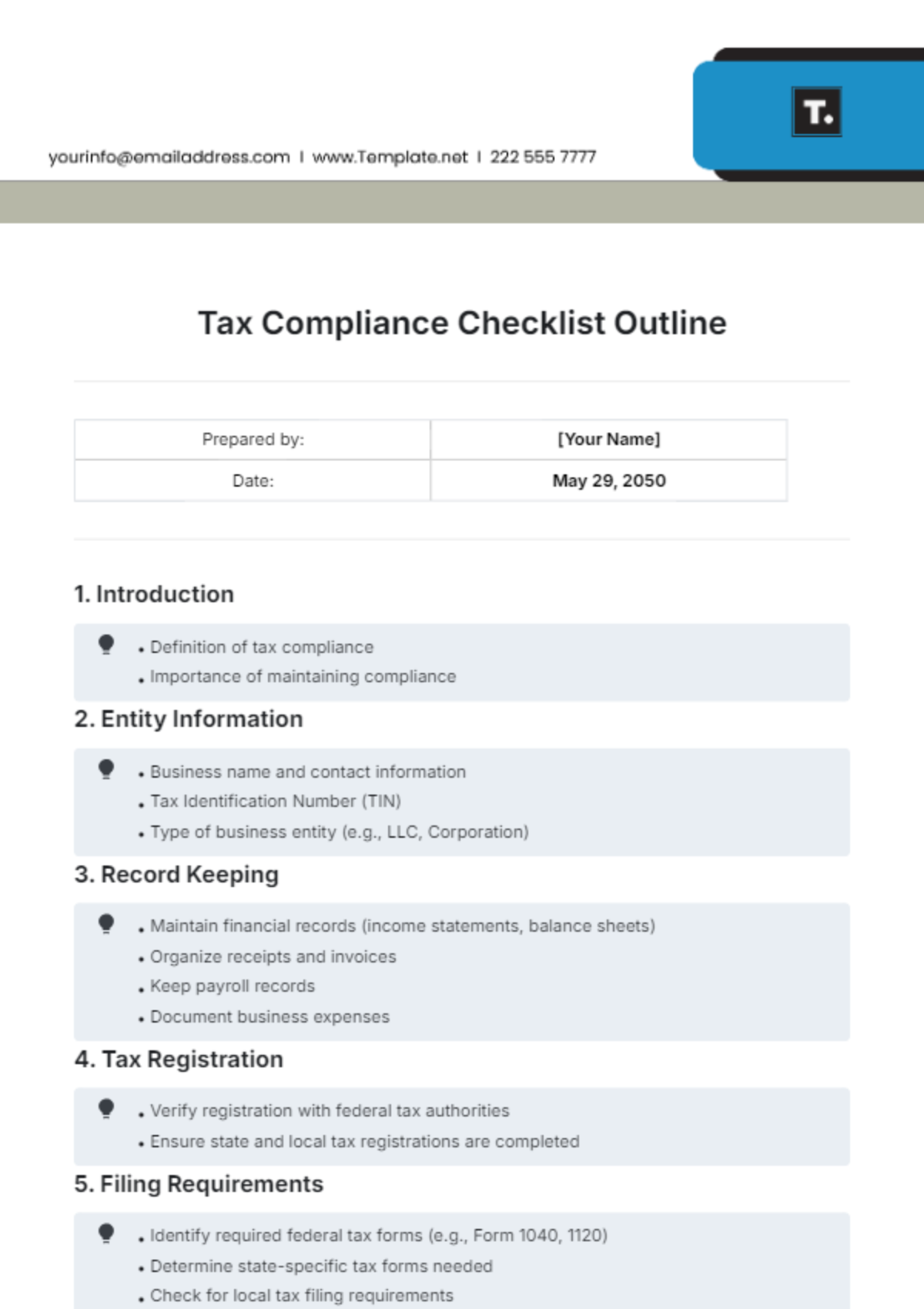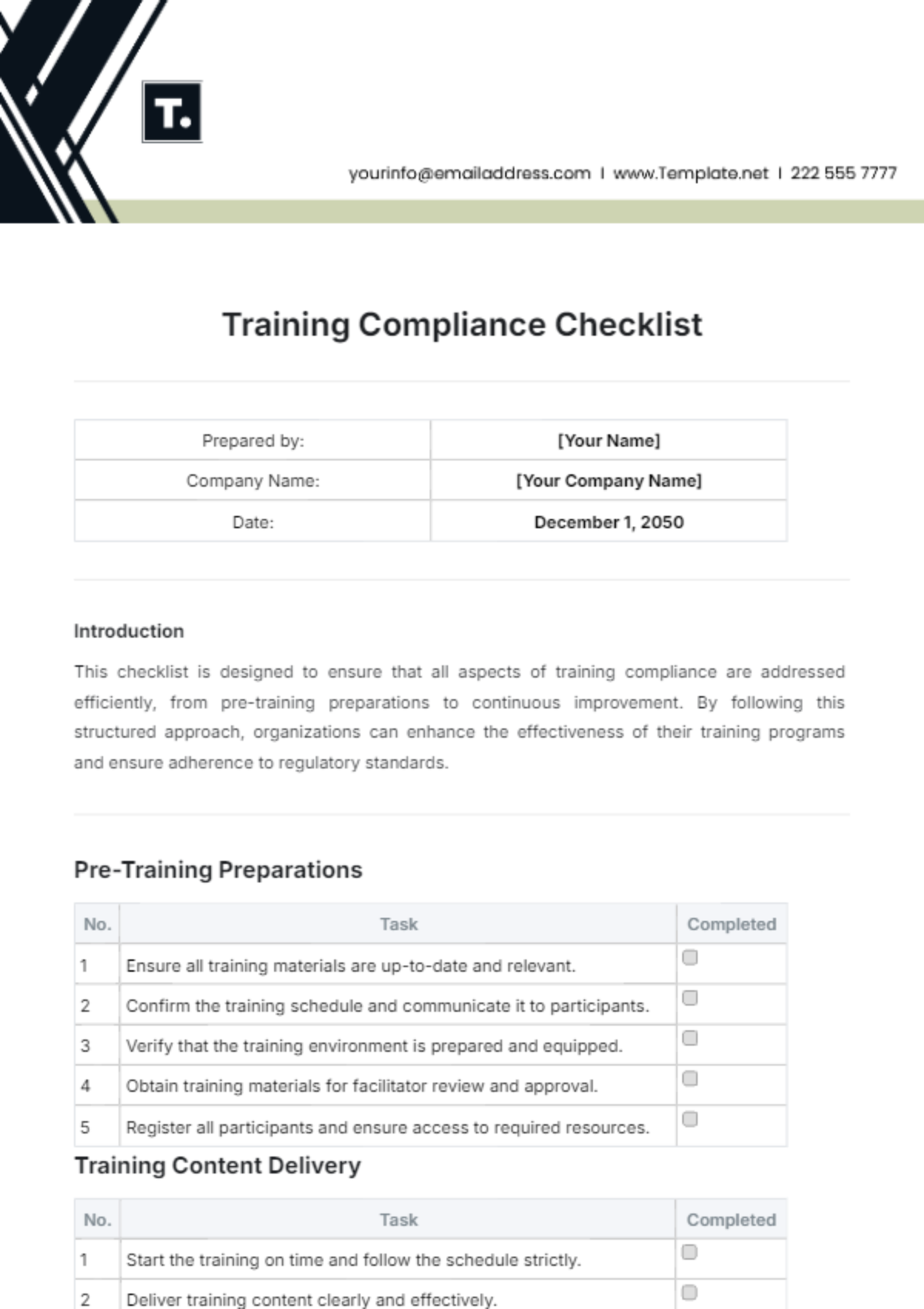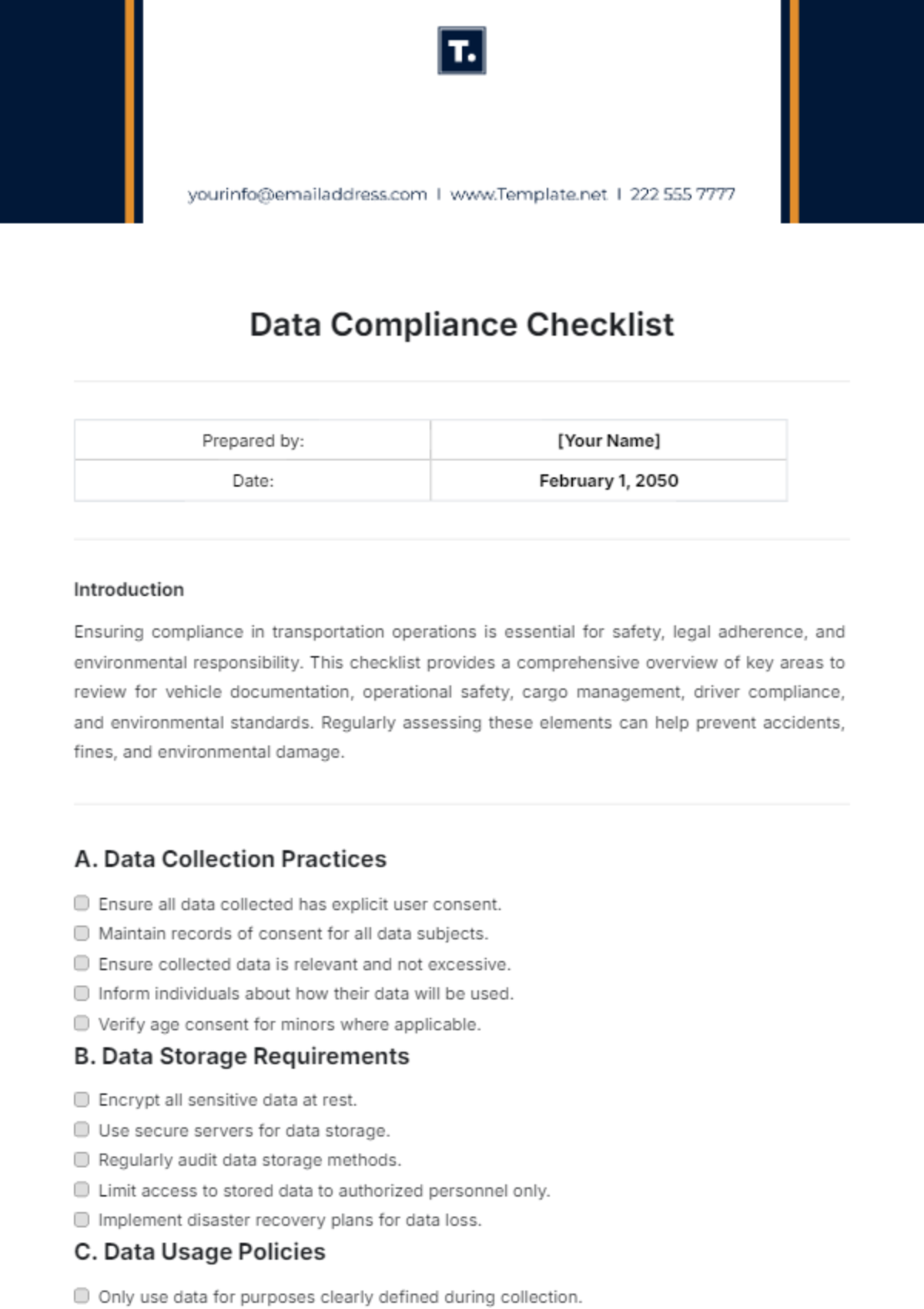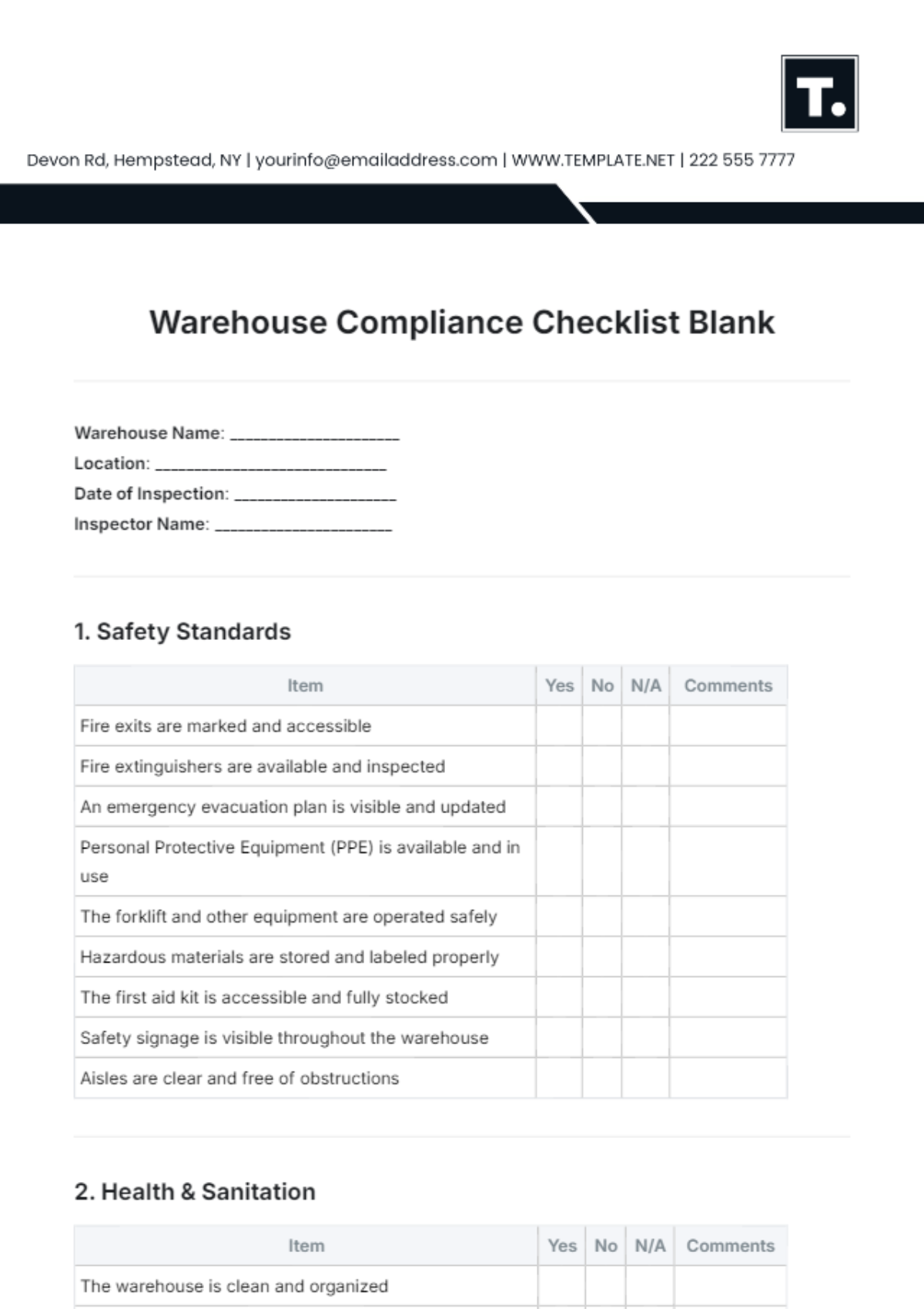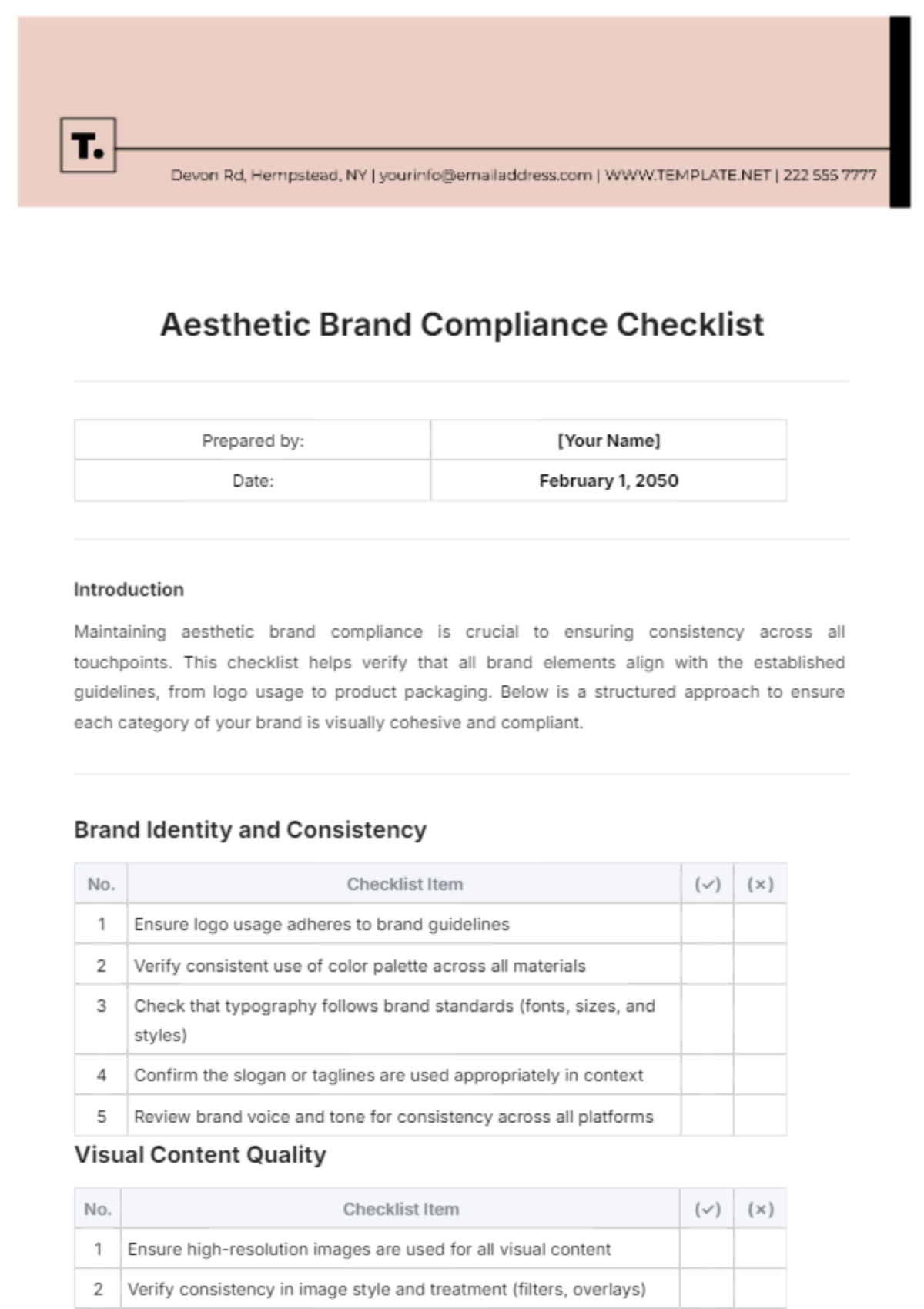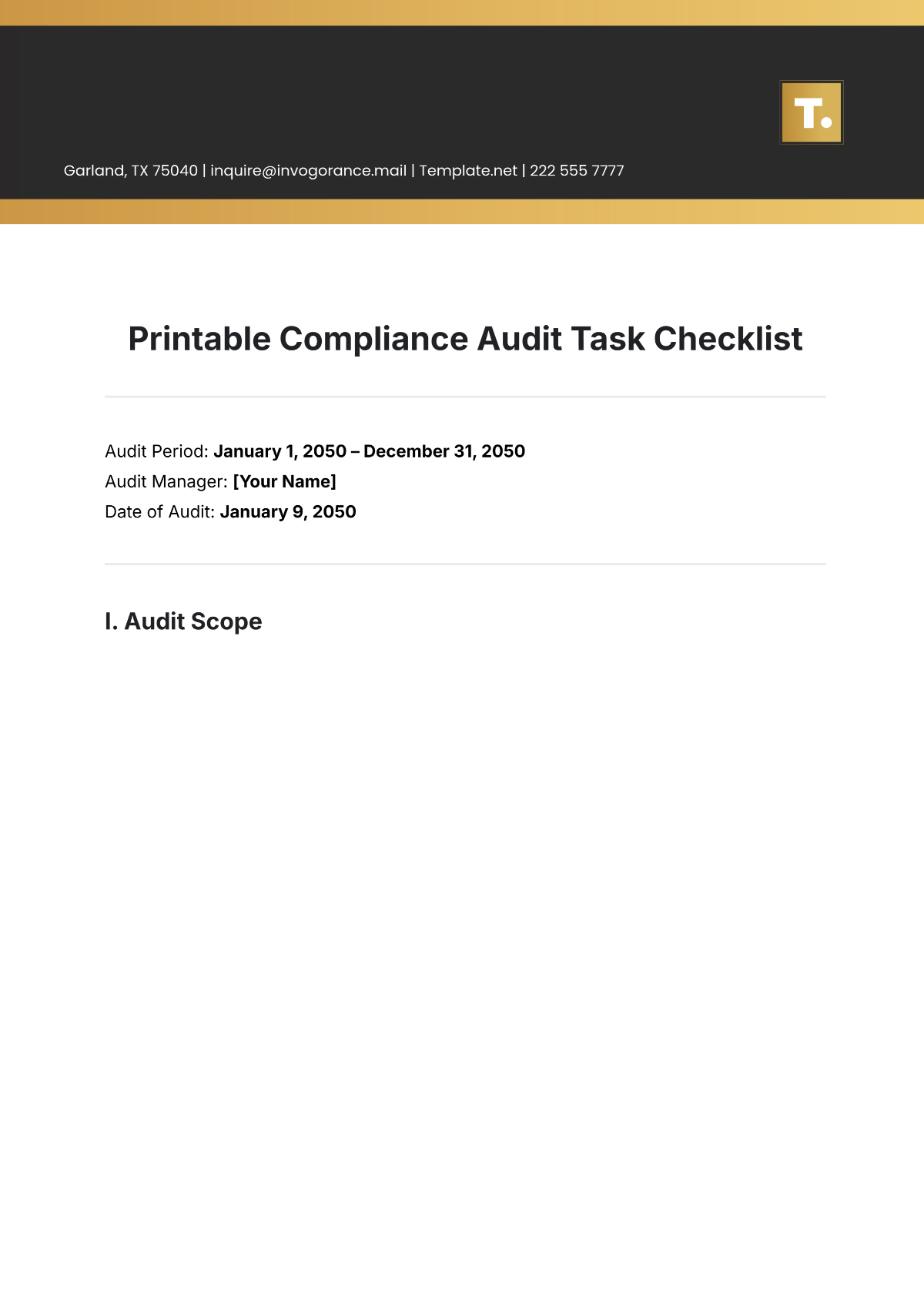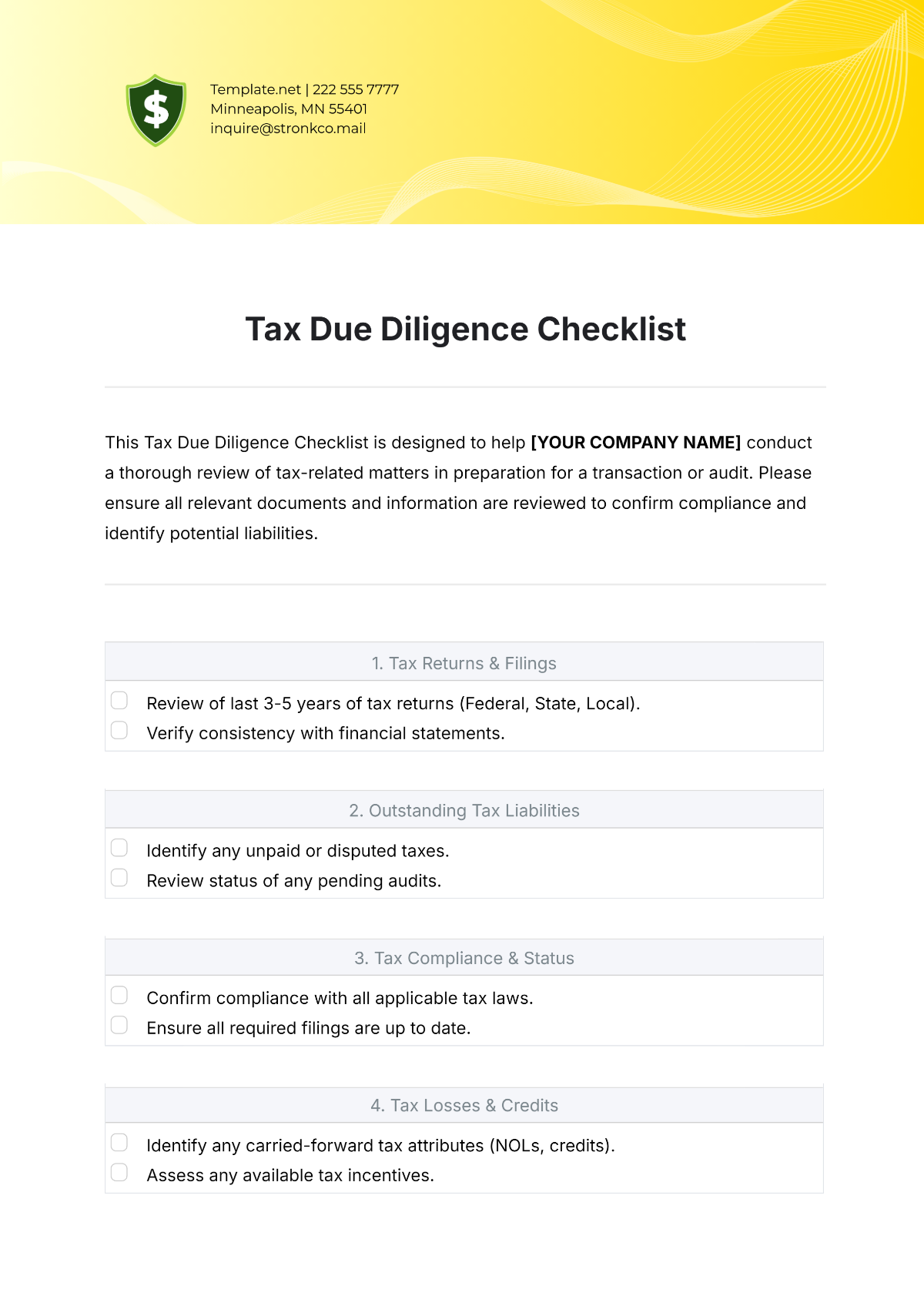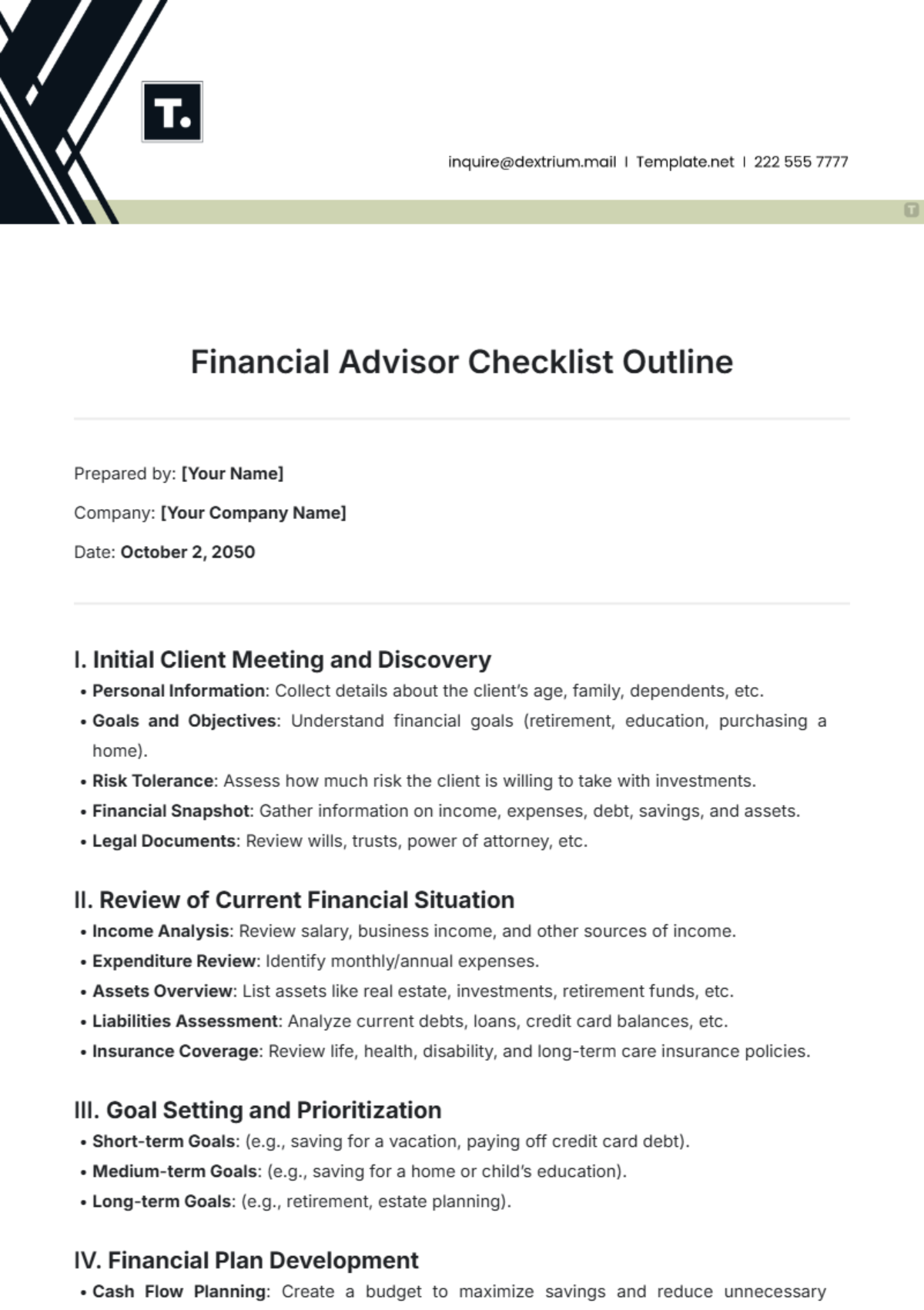Finance Cost Variance Checklist
Budget Preparation Review | |
Review the initial budget assumptions and parameters. | |
Ensure all revenue and cost centers were included in the budget. | |
Confirm that the budget was approved by the appropriate authority. | |
Data Collection | |
Gather all relevant financial data (actual vs. budgeted figures). | |
Ensure the accuracy and completeness of the financial data collected. | |
Variance Identification | |
Identify variances between actual and budgeted figures. | |
Categorize variances as favorable or unfavorable. | |
Highlight variances that exceed a predetermined threshold (e.g., 5% or 10%). | |
Variance Analysis | |
Analyze the causes of significant variances. | |
Determine if variances are due to changes in volume, price, efficiency, etc. | |
Evaluate the impact of these variances on overall financial performance. | |
Reporting and Documentation | |
Document each identified variance and its cause. | |
Prepare a variance report summarizing the findings. | |
Include recommendations for action or adjustment in the report. | |
Review of Action Taken | |
Review actions taken in response to previous variance findings. | |
Assess the effectiveness of the actions in mitigating on the variances. | |
Continuous Monitoring | |
Establish a process for ongoing monitoring of budget variances. | |
Schedule regular reviews to stay ahead of potential issues. | |
Communication | |
Ensure effective communication of variance findings to relevant stakeholders. | |
Discuss the implications of variances in management meetings. | |
Process Improvement | |
Identify areas for improvement in the budgeting process based on the analysis. | |
Implement changes to enhance financial planning and control. | |
Prepared By: [Name]
Date: [Month Day, Year]
